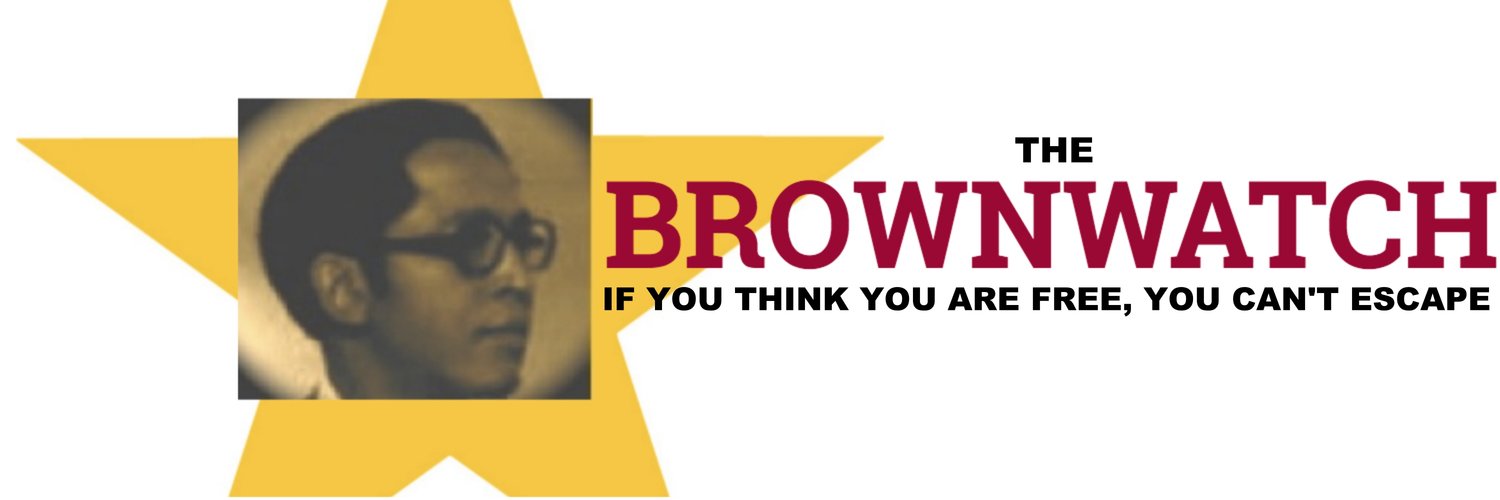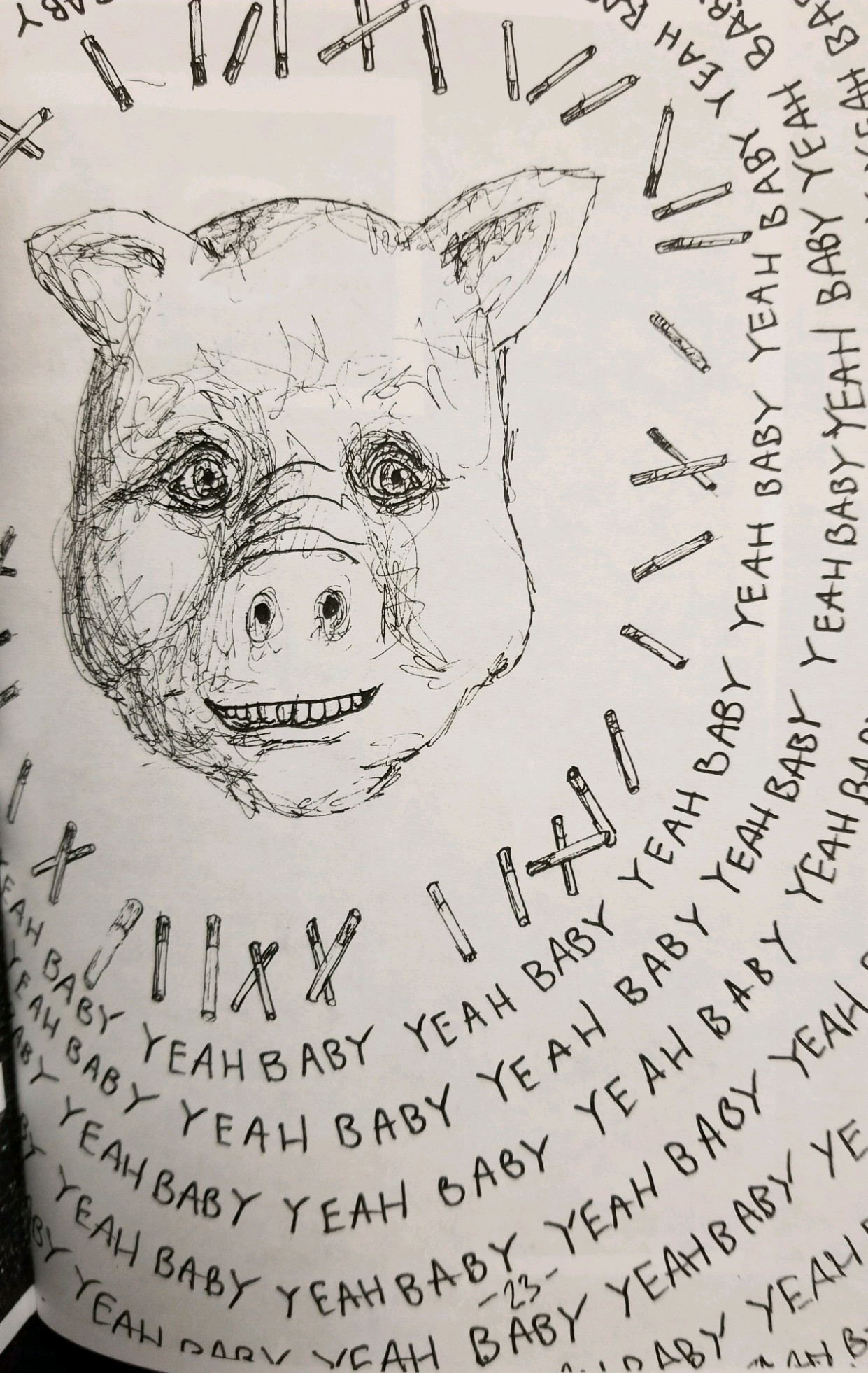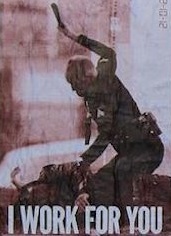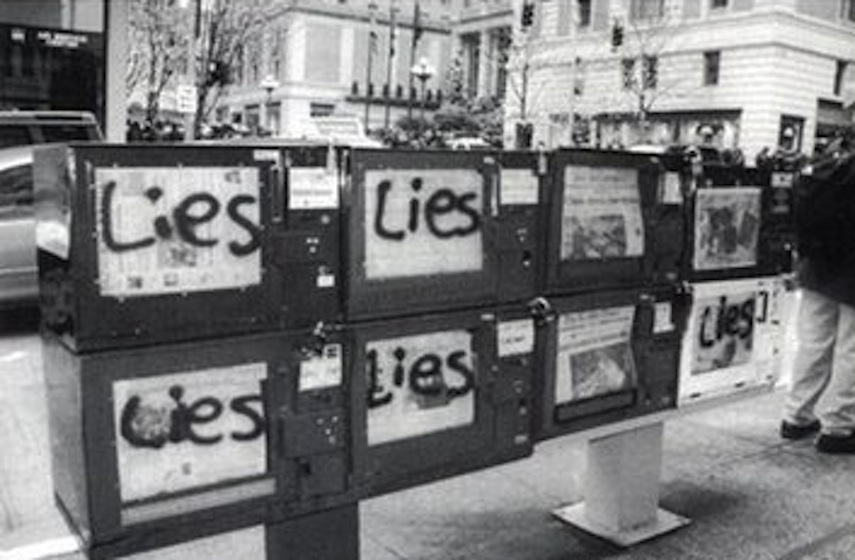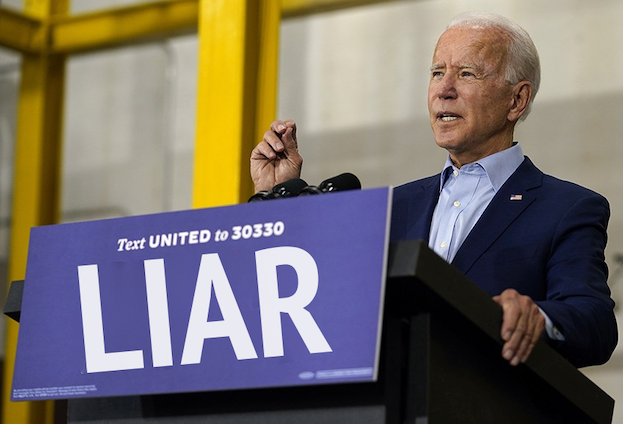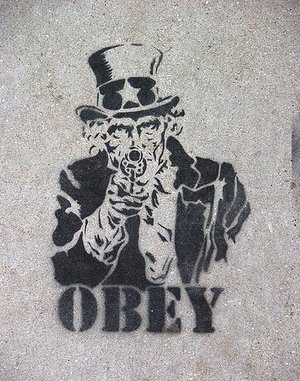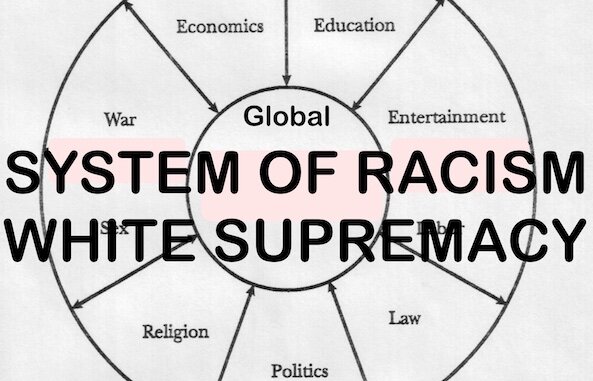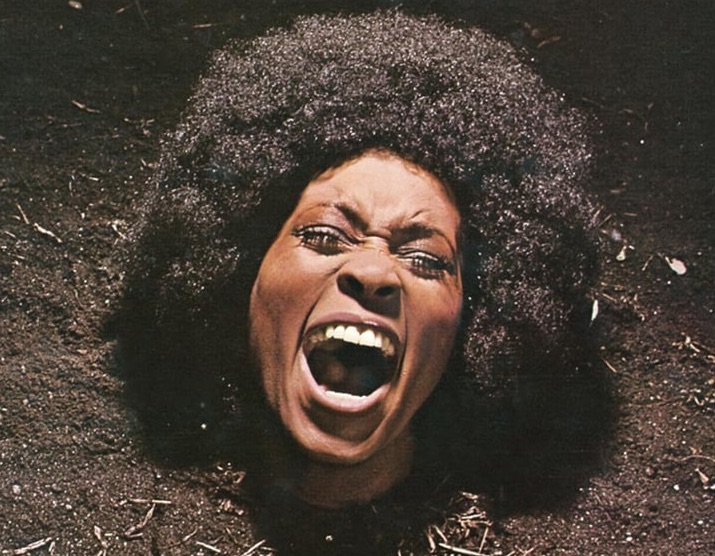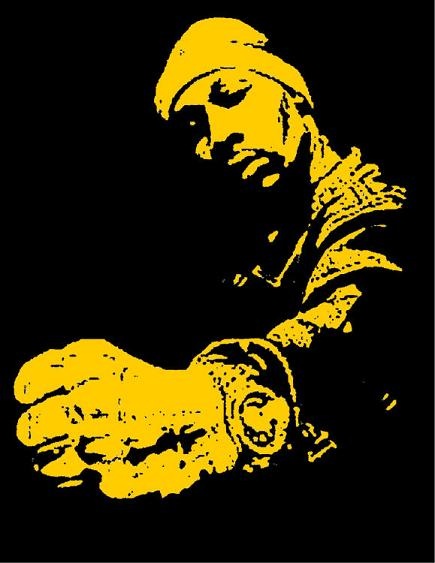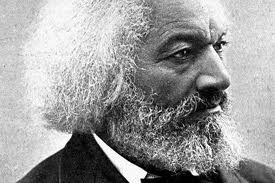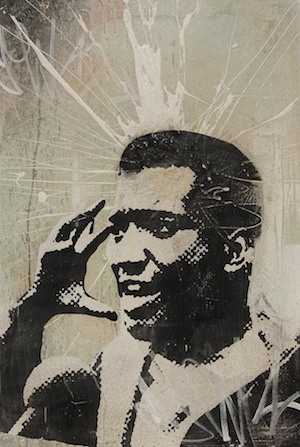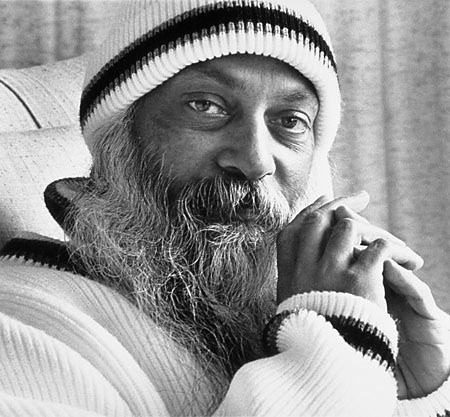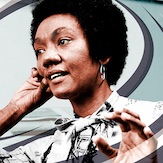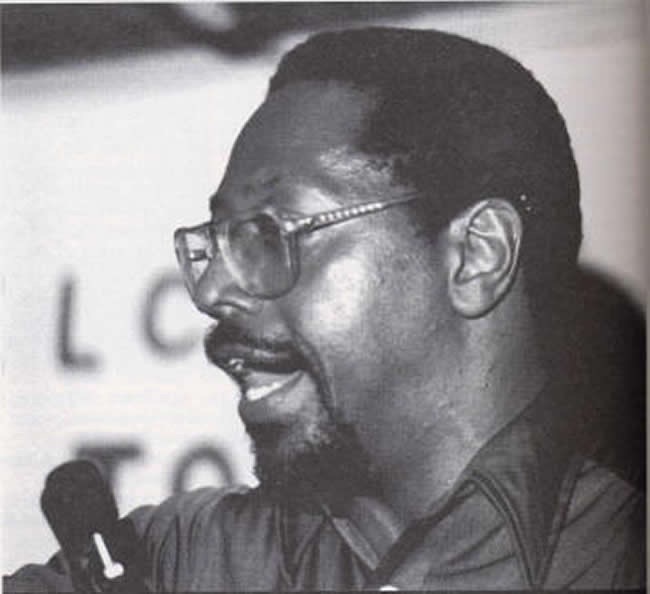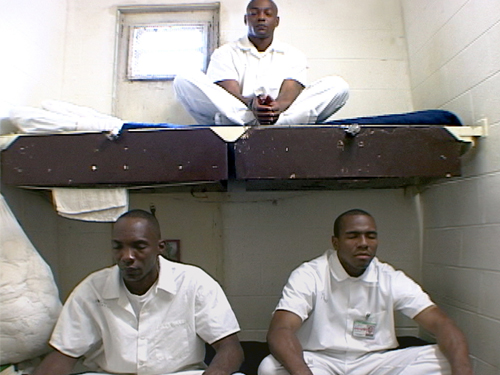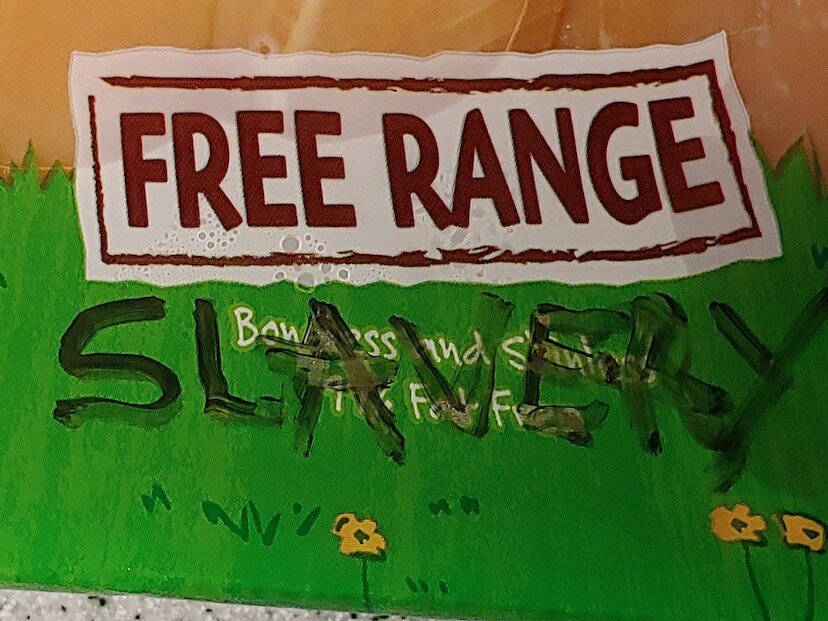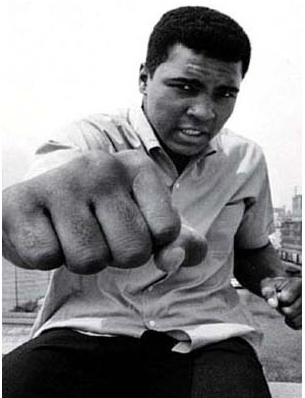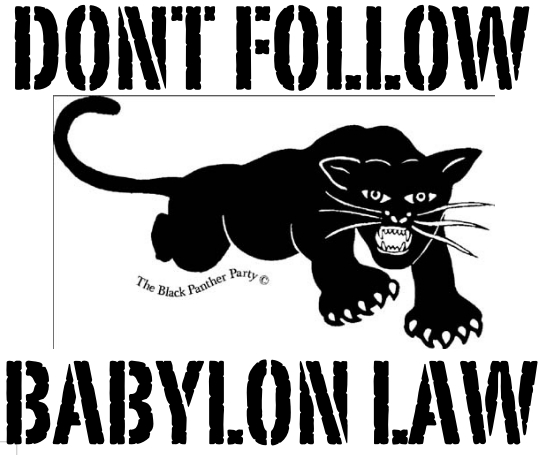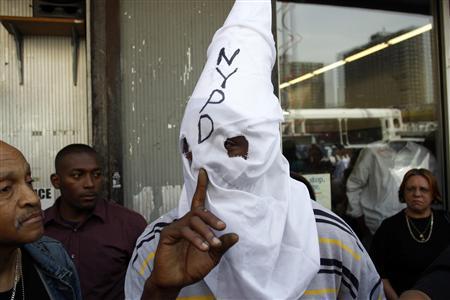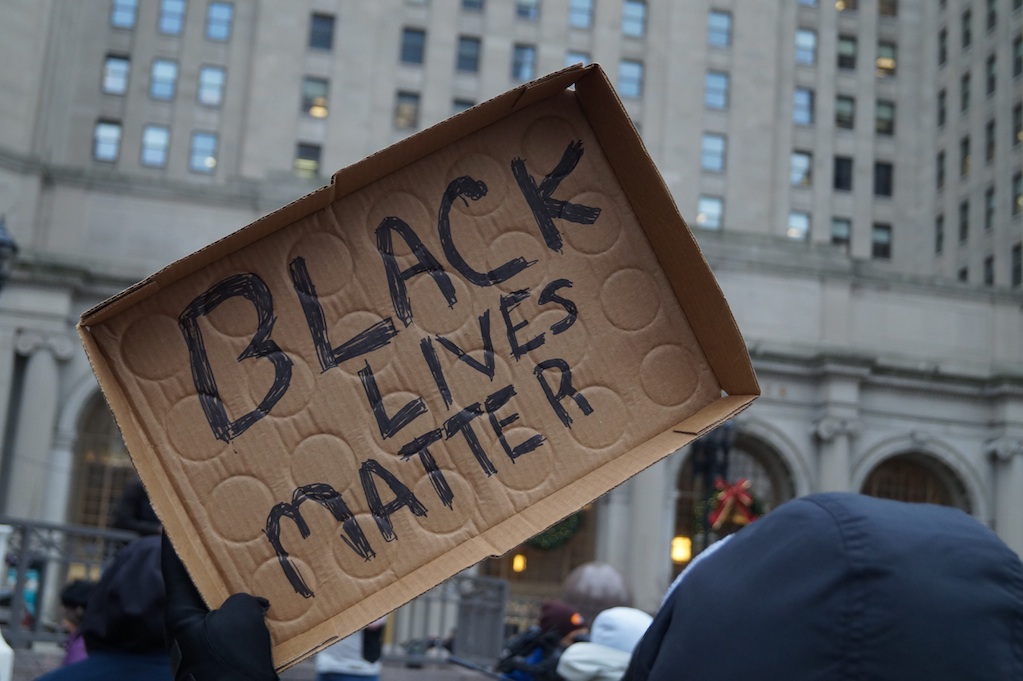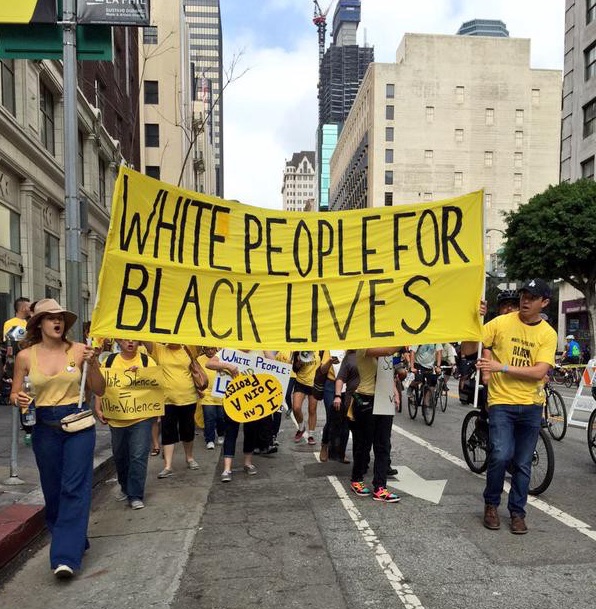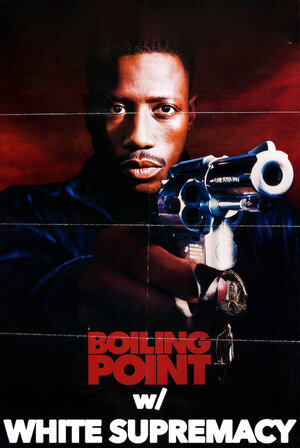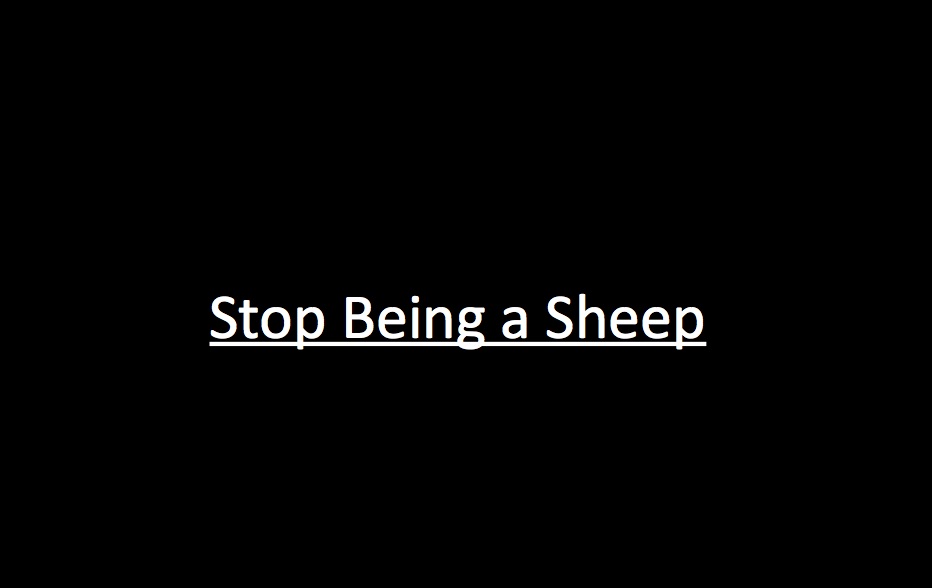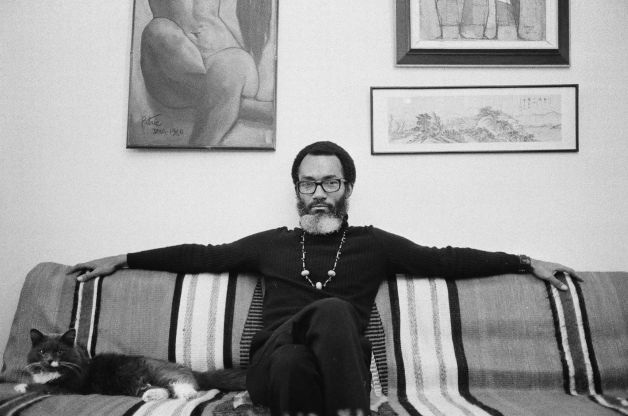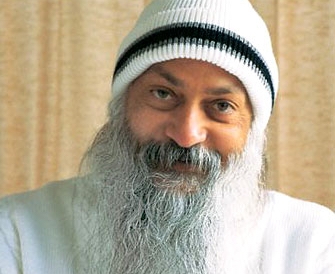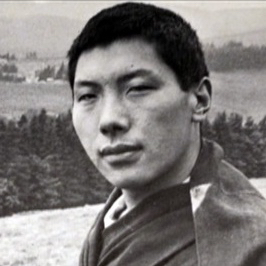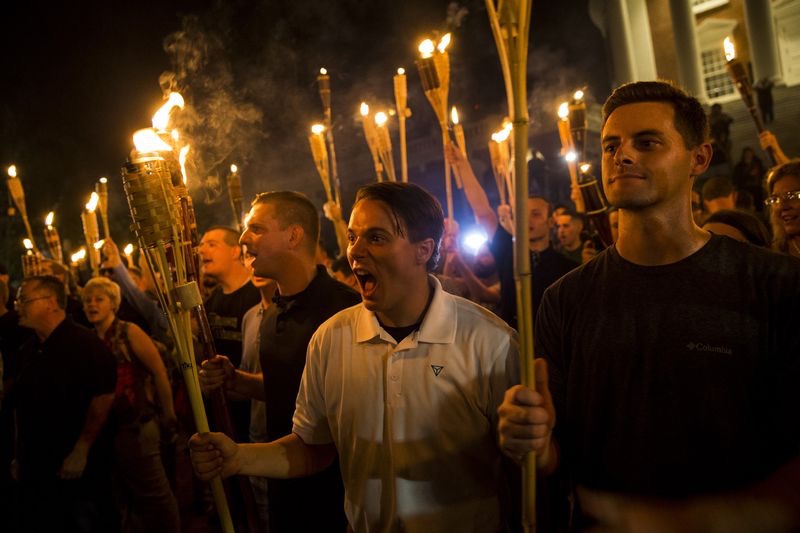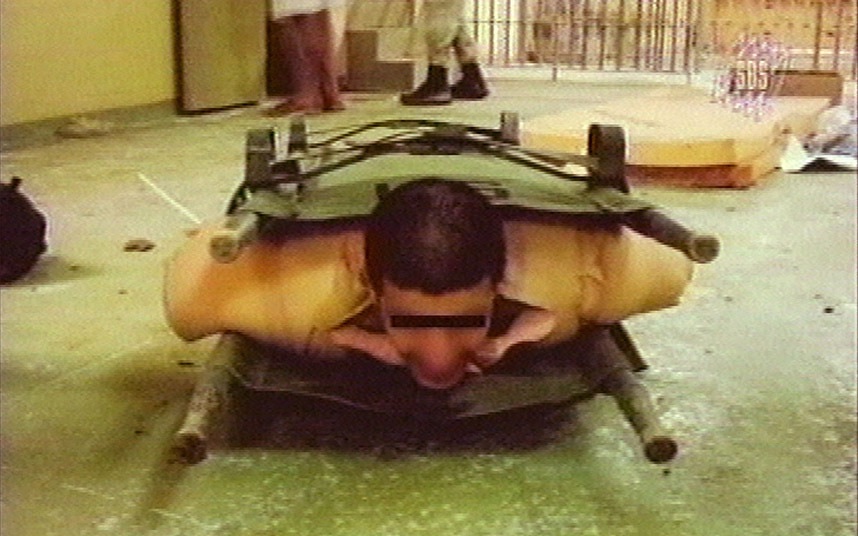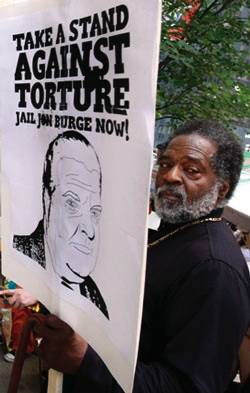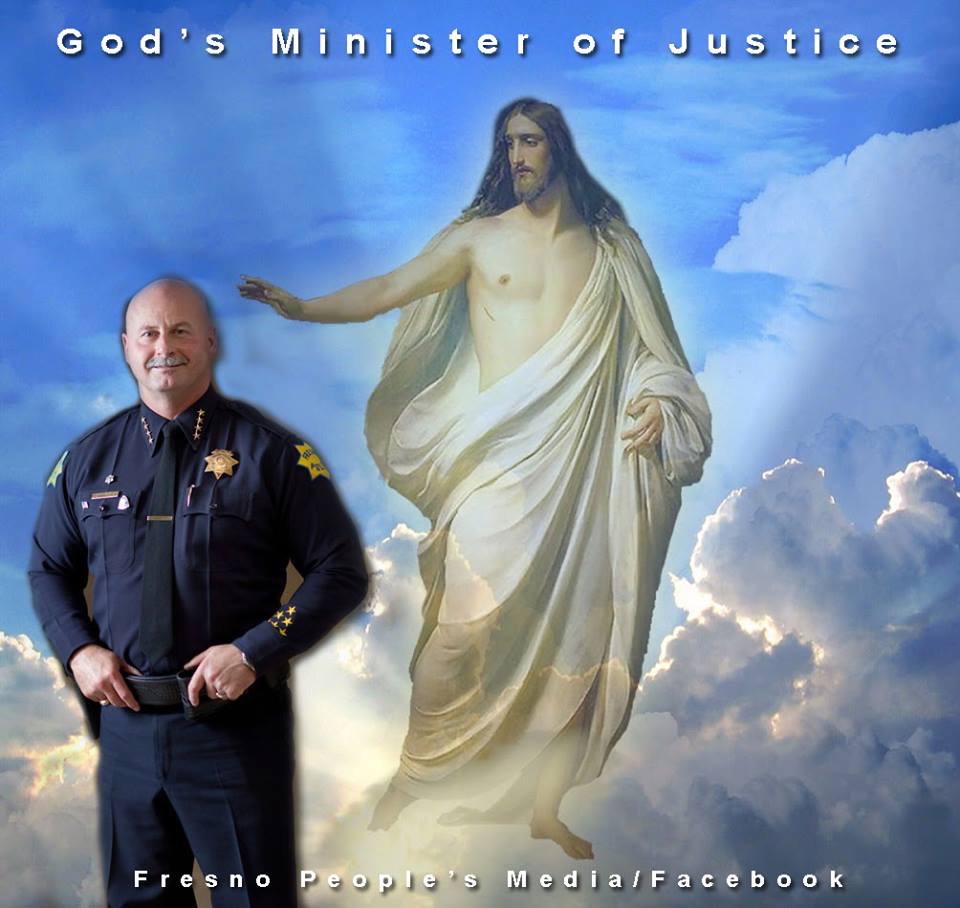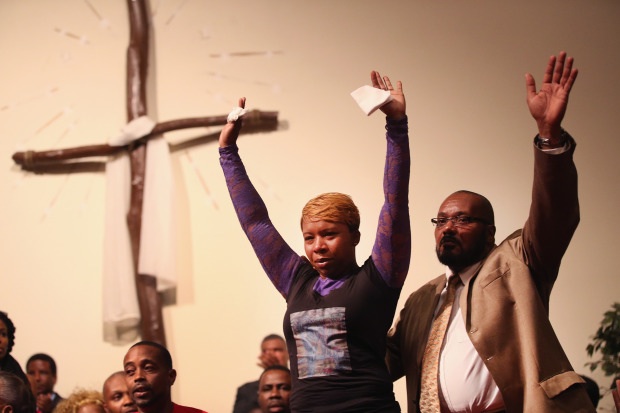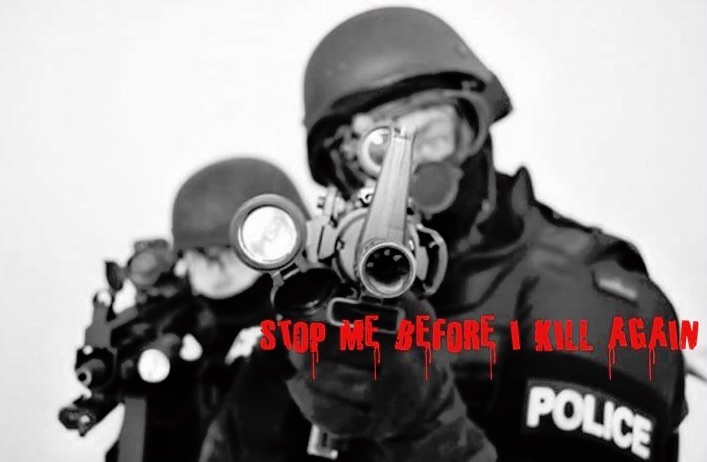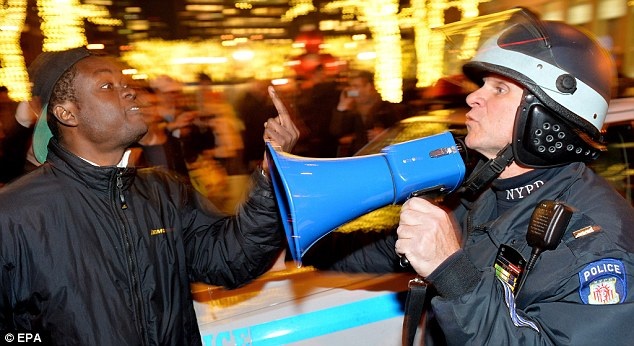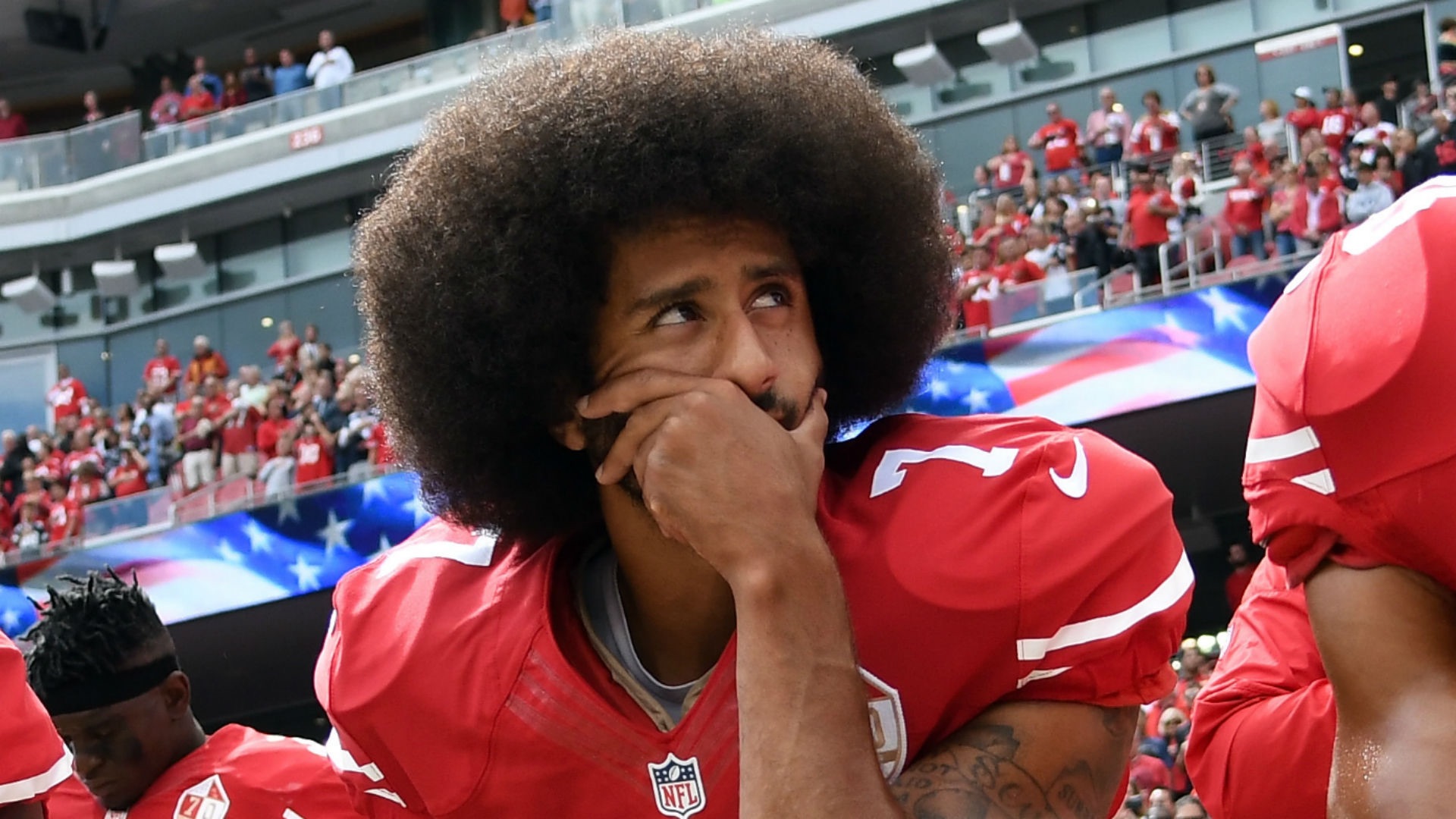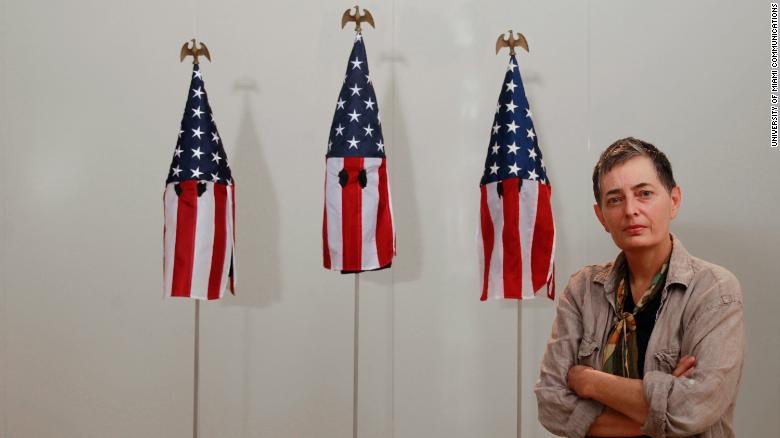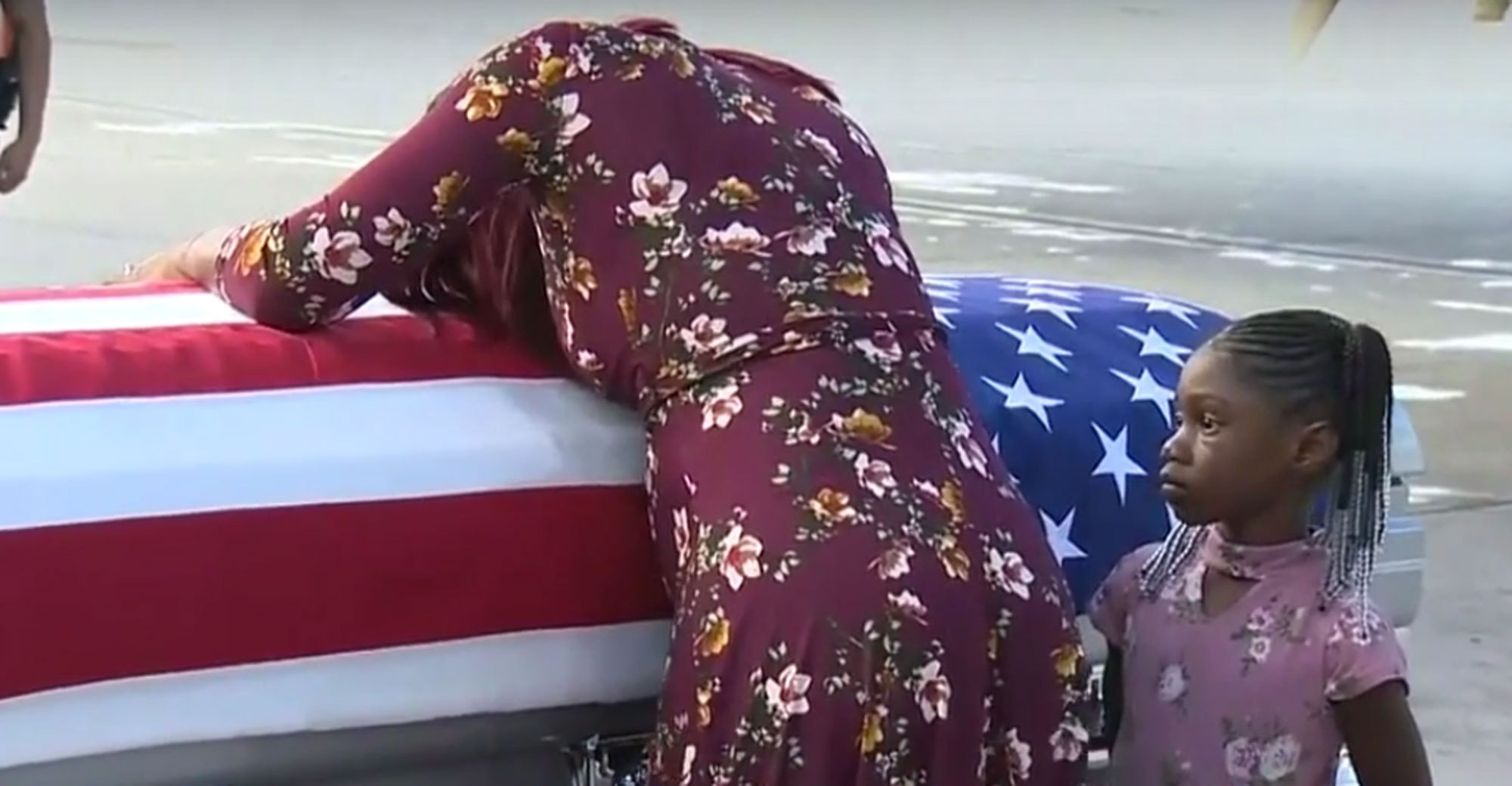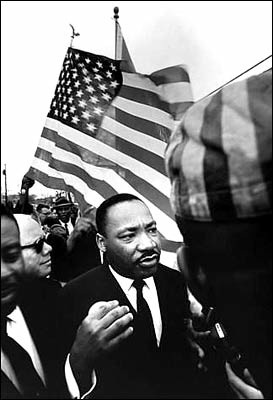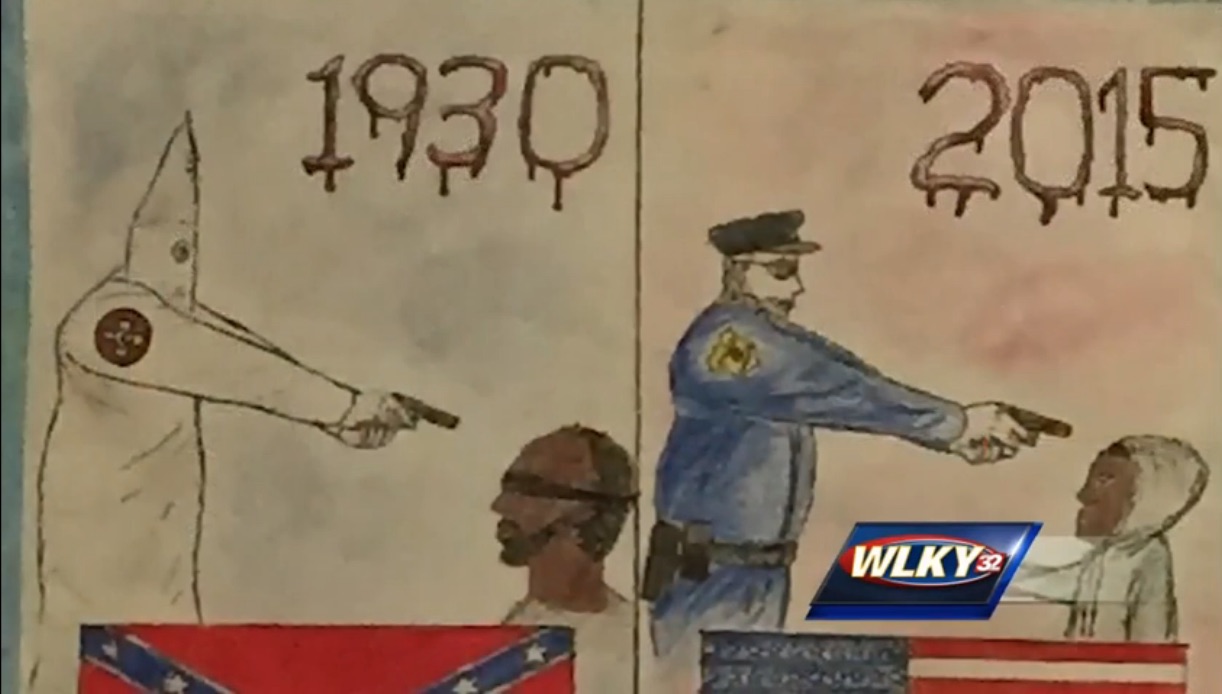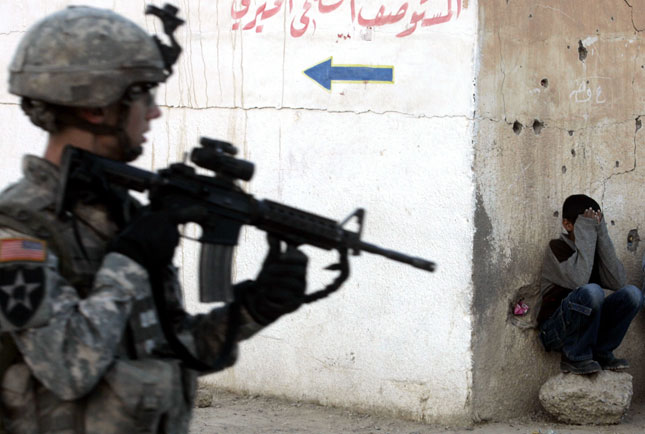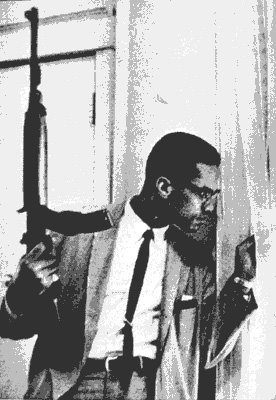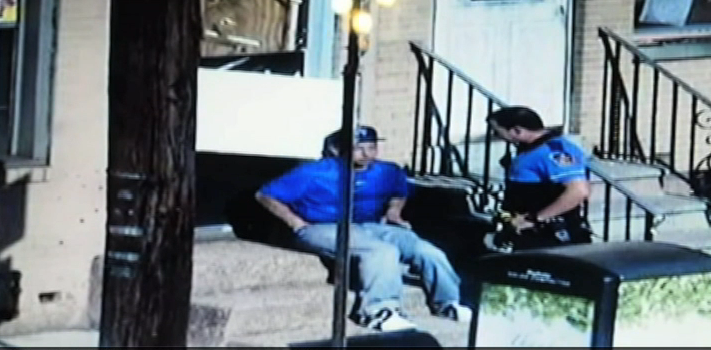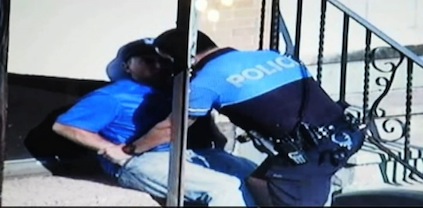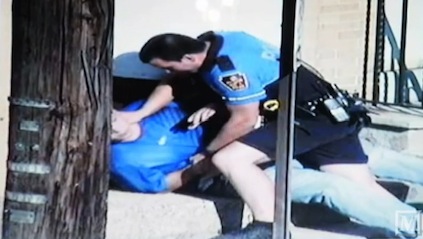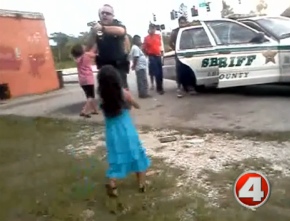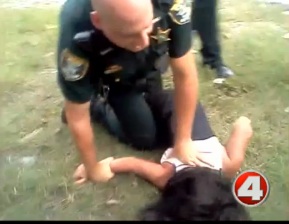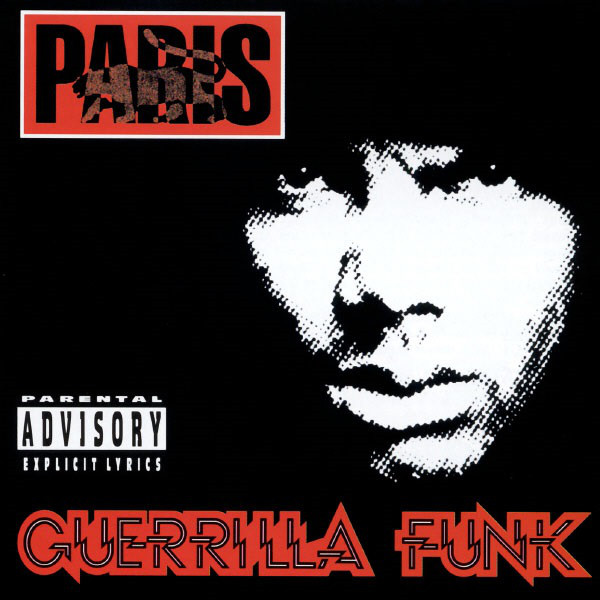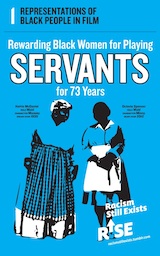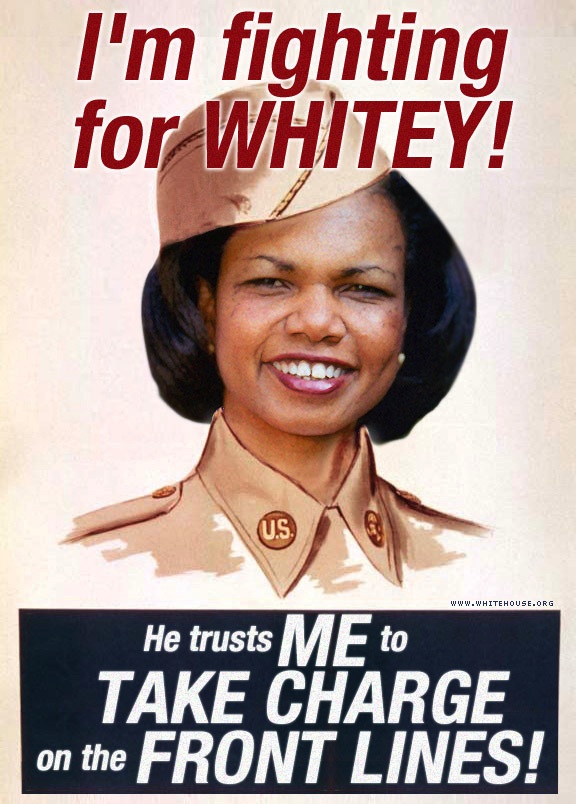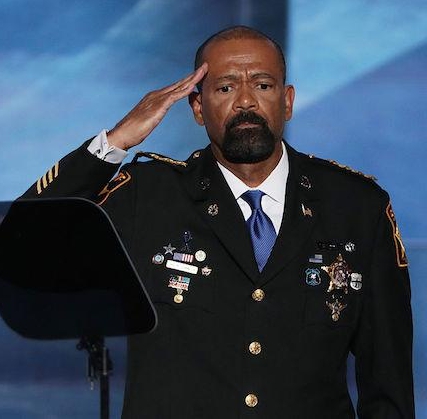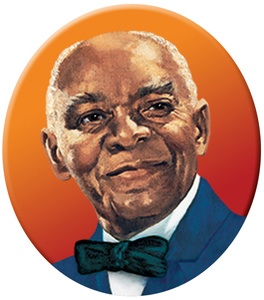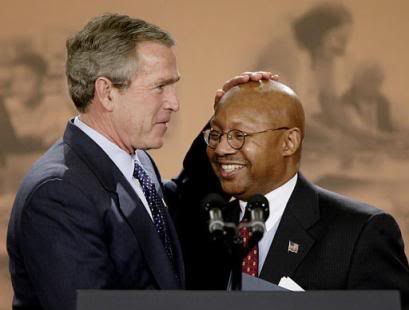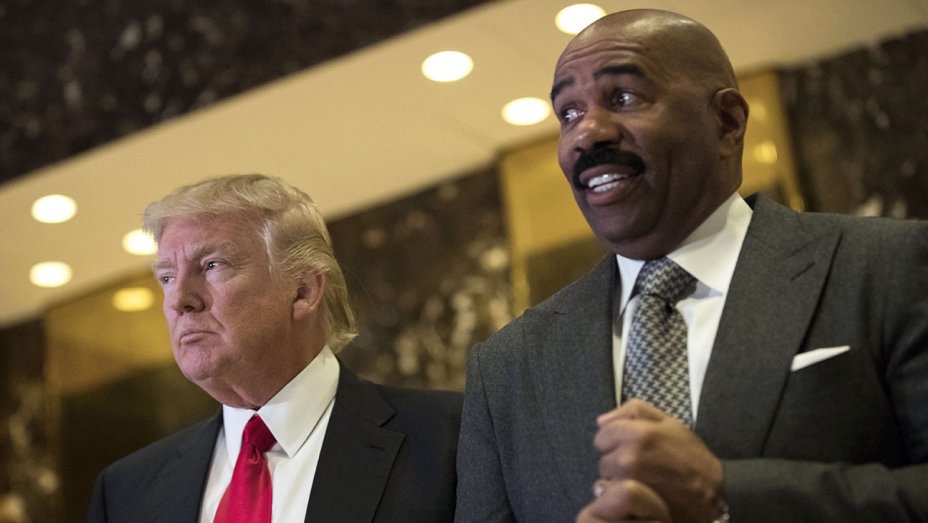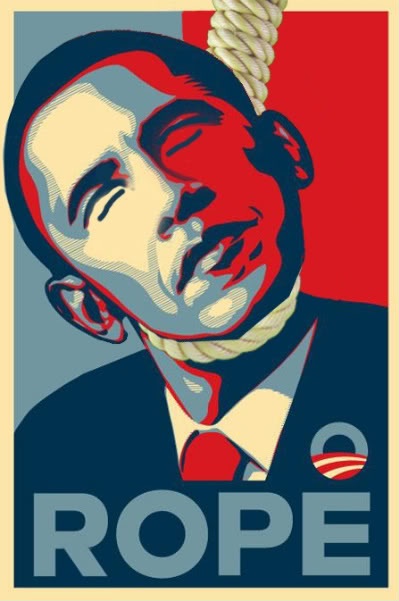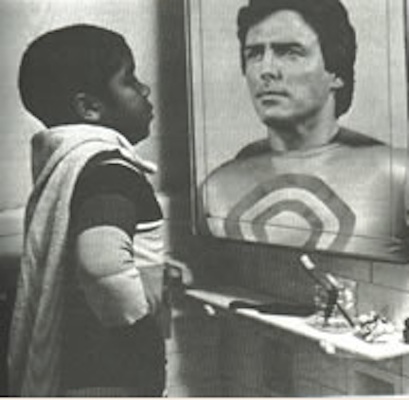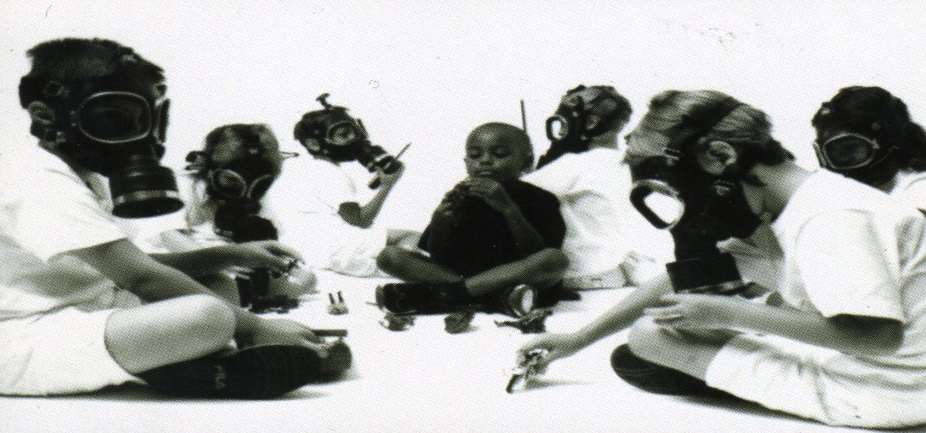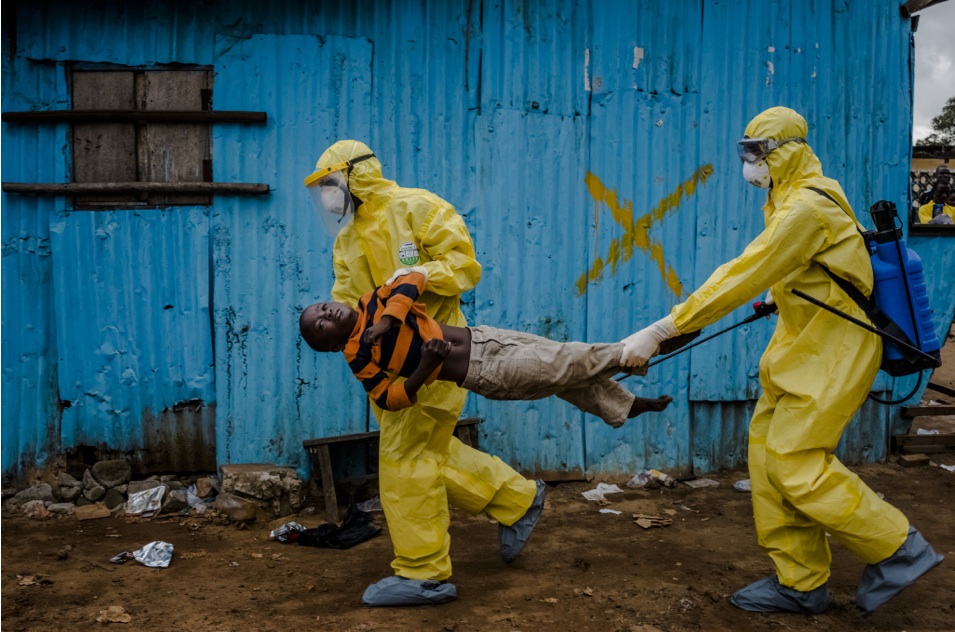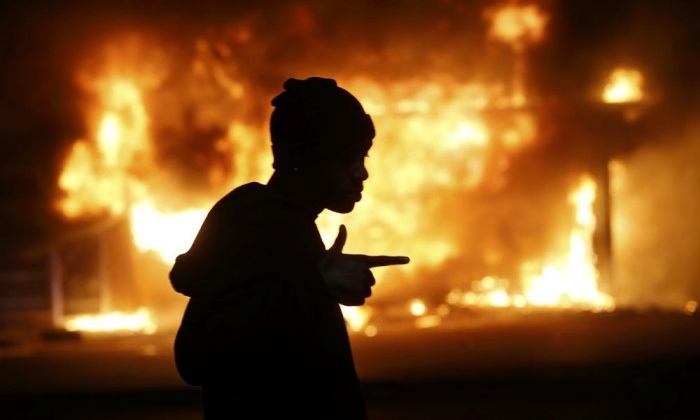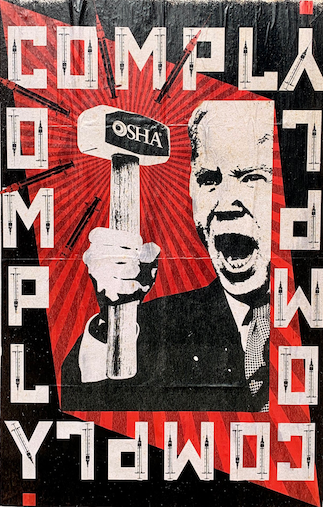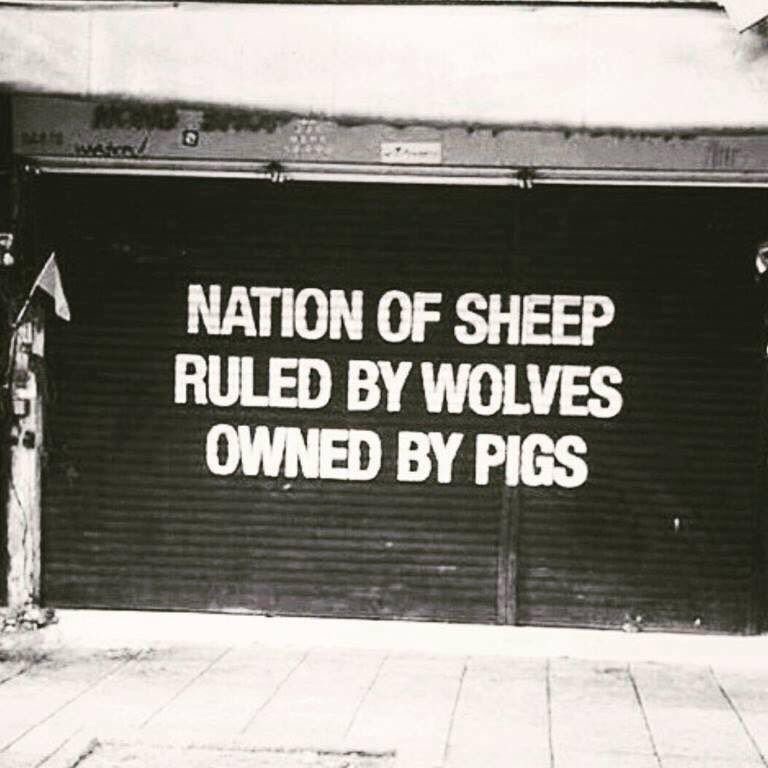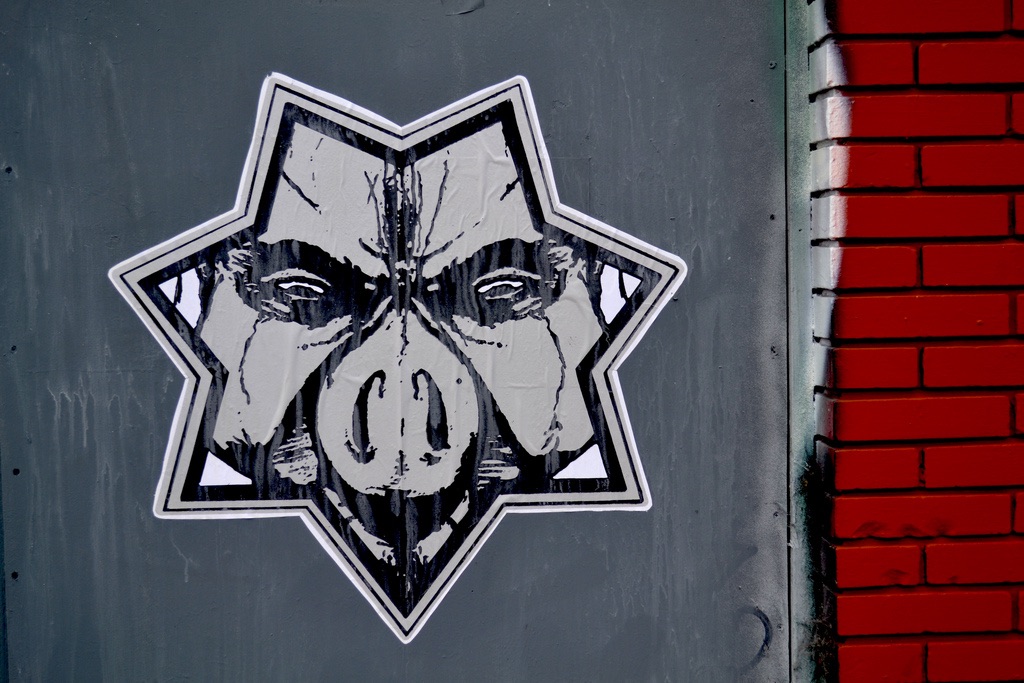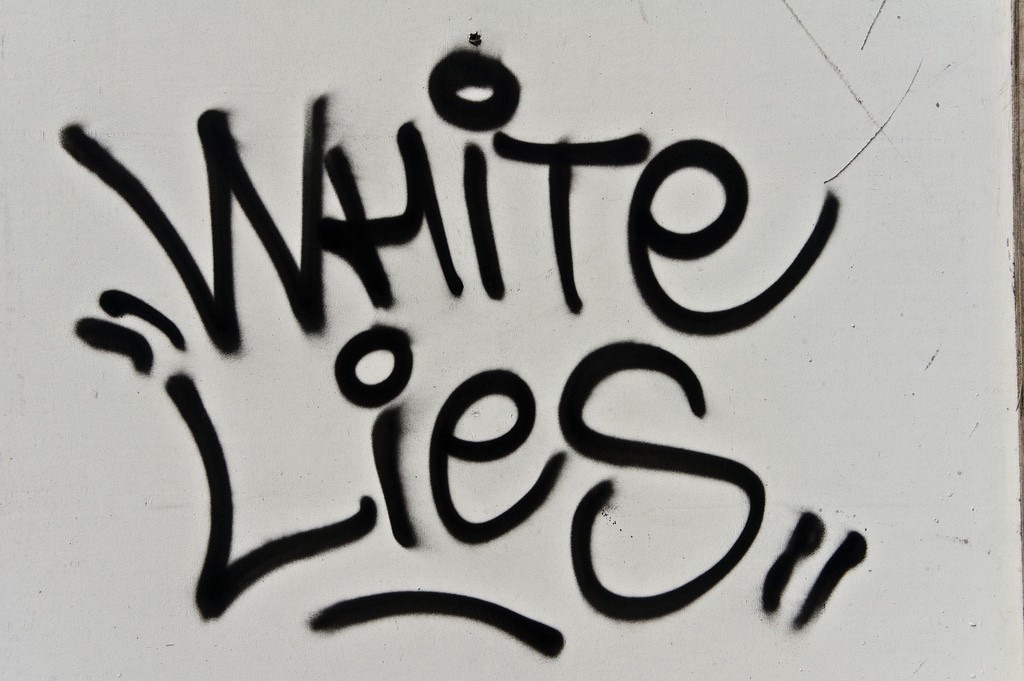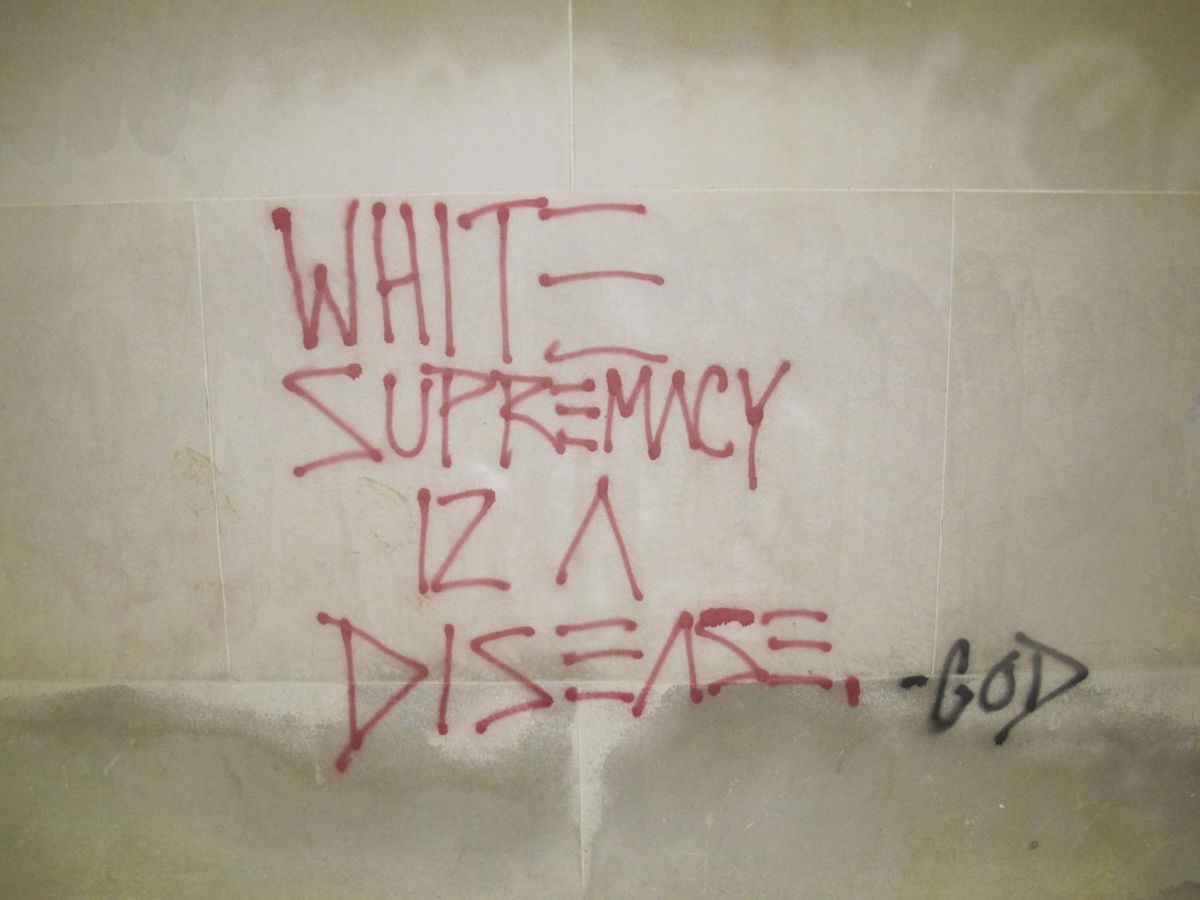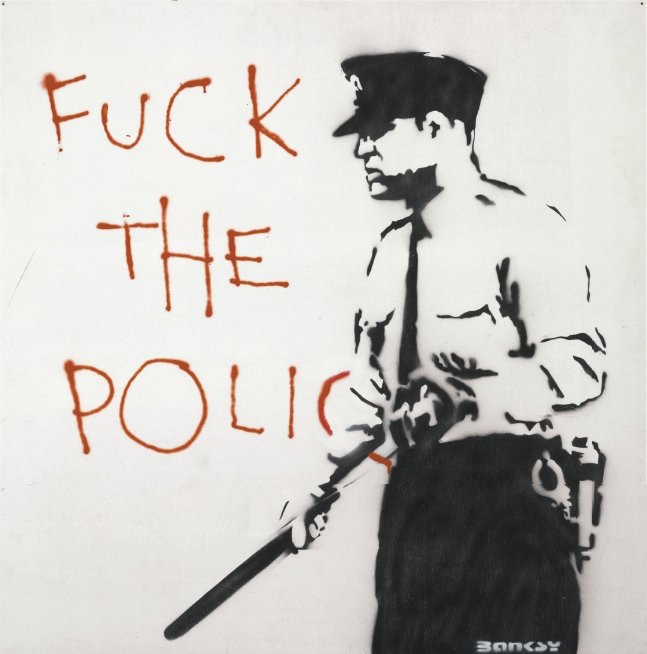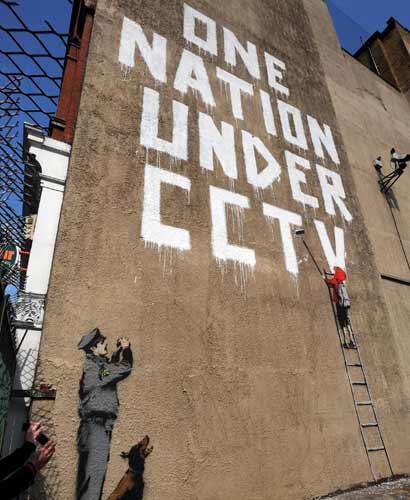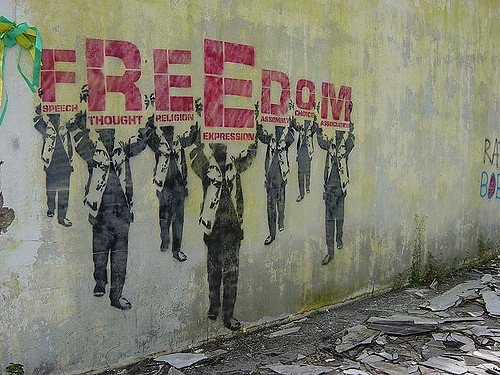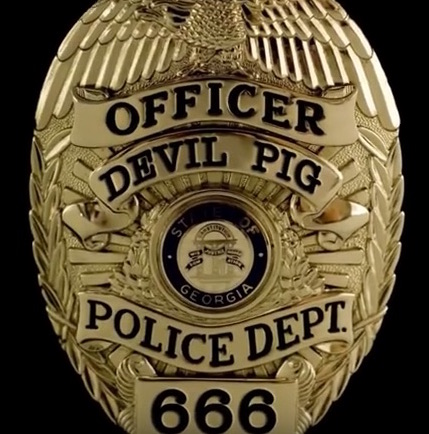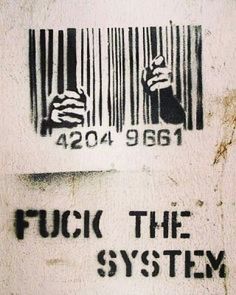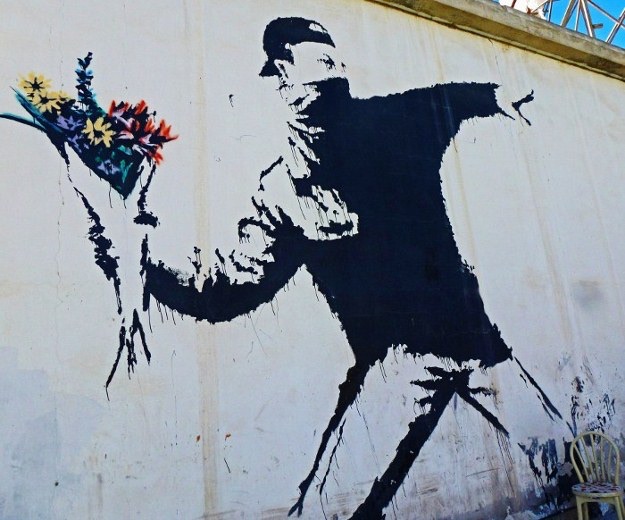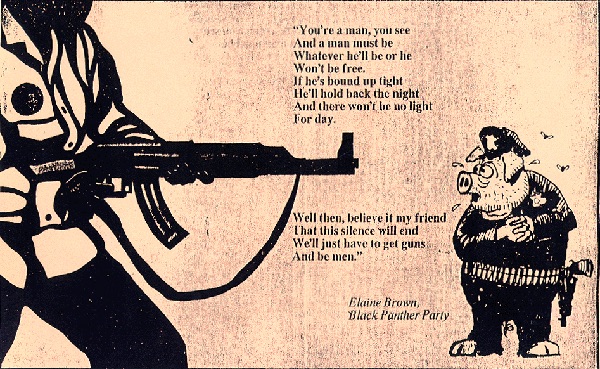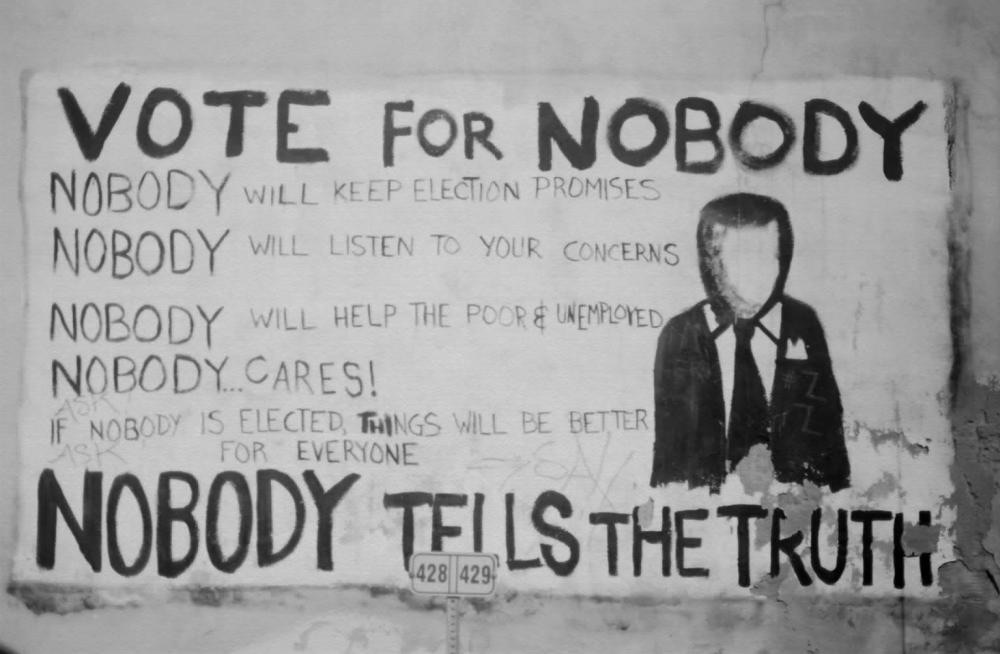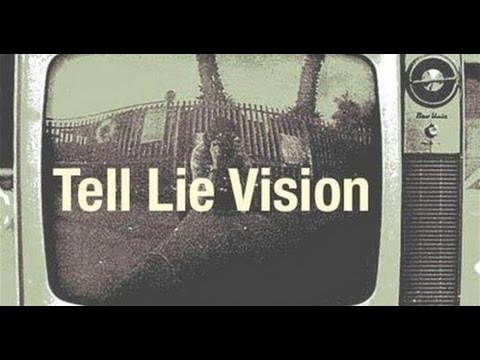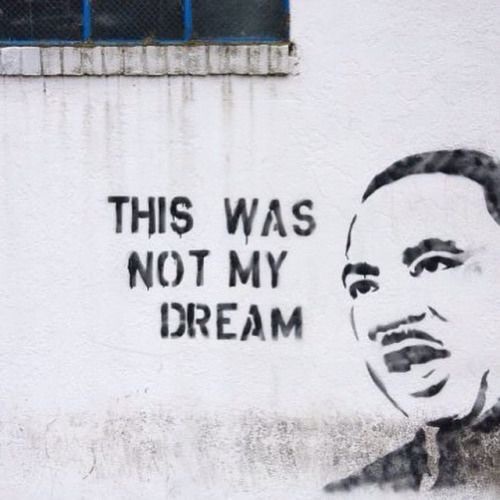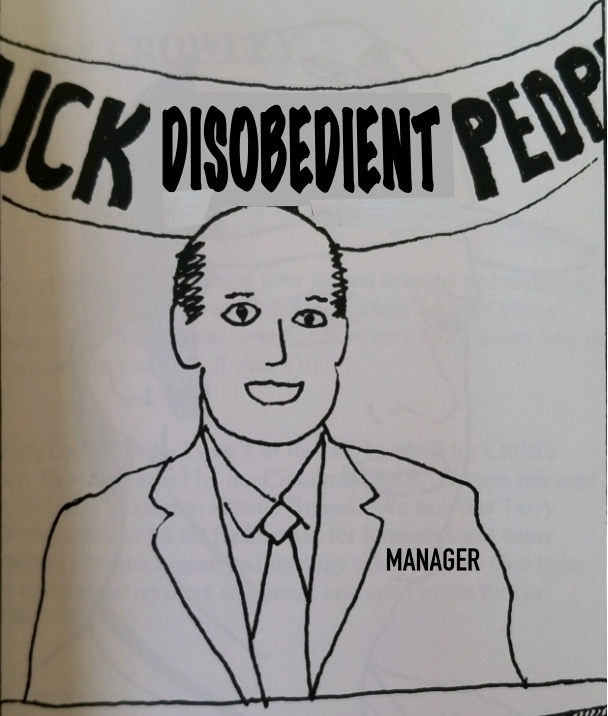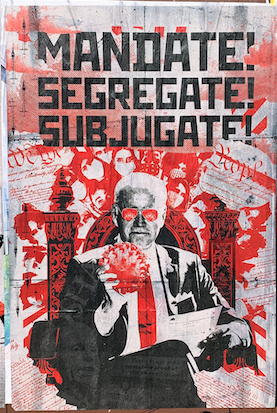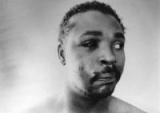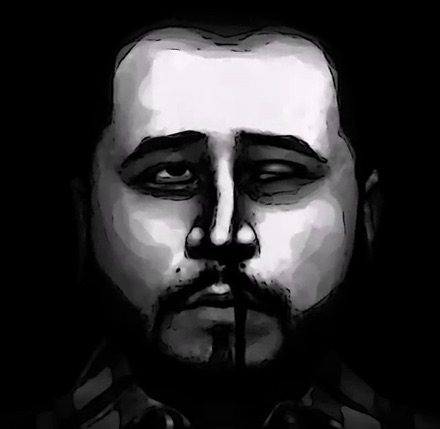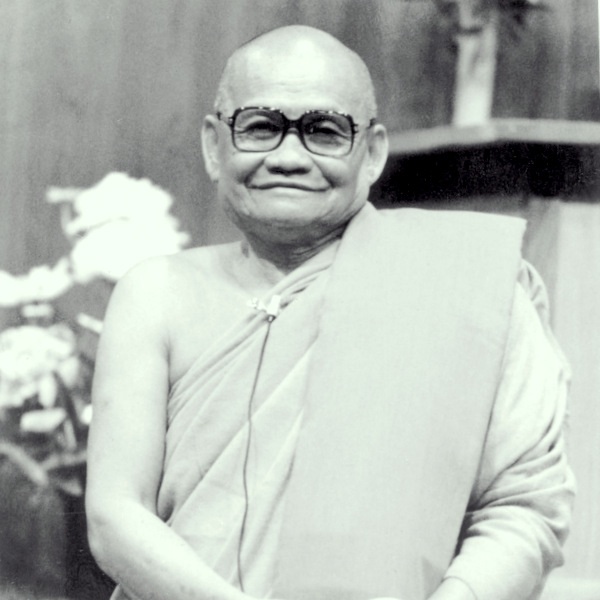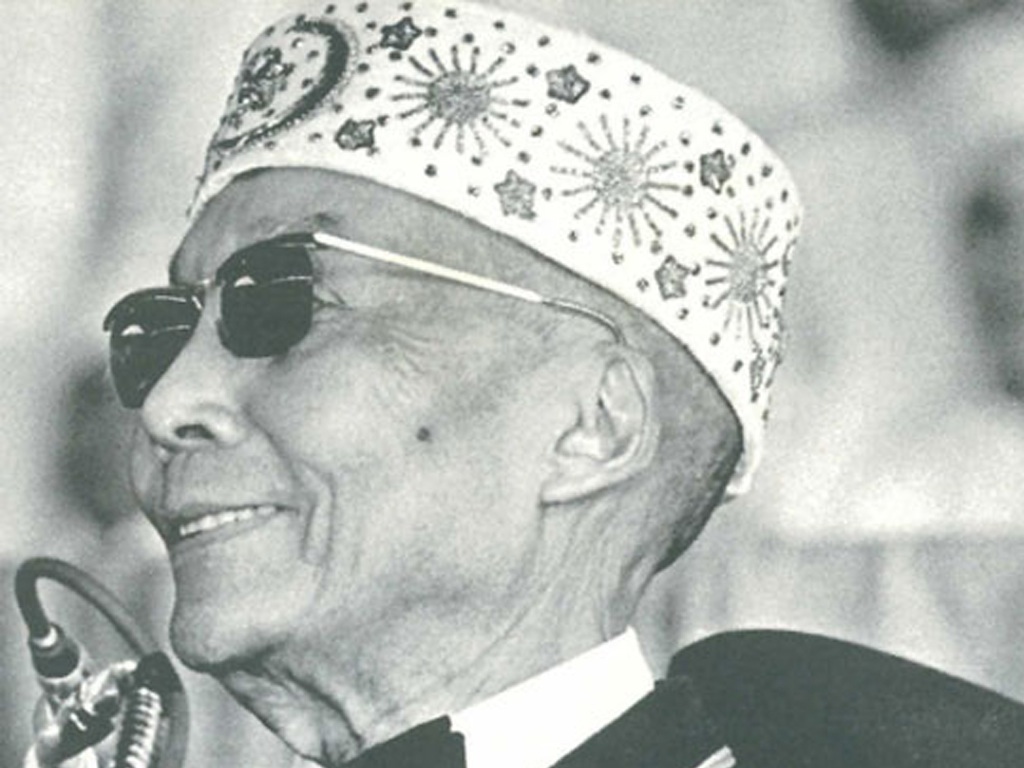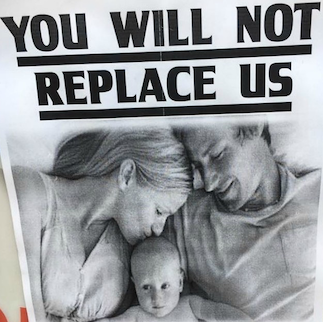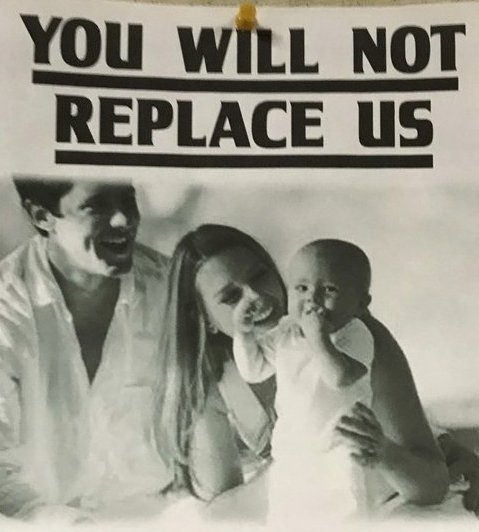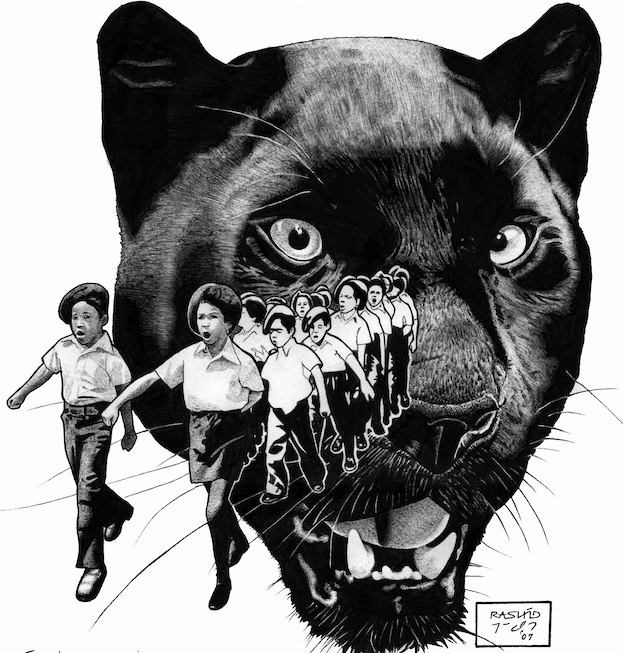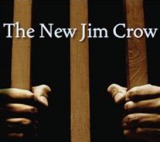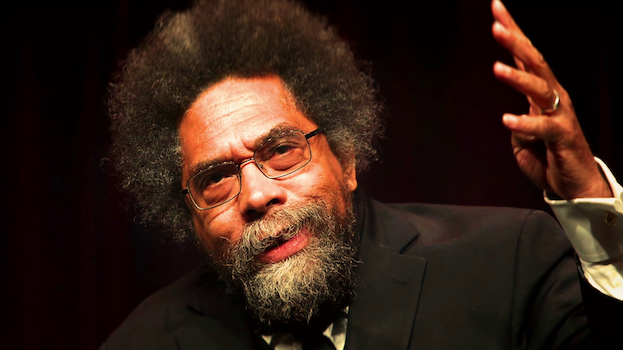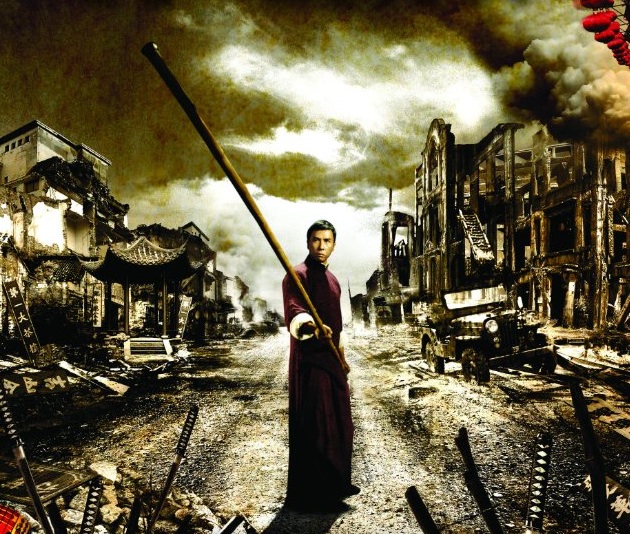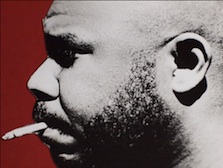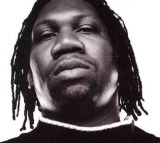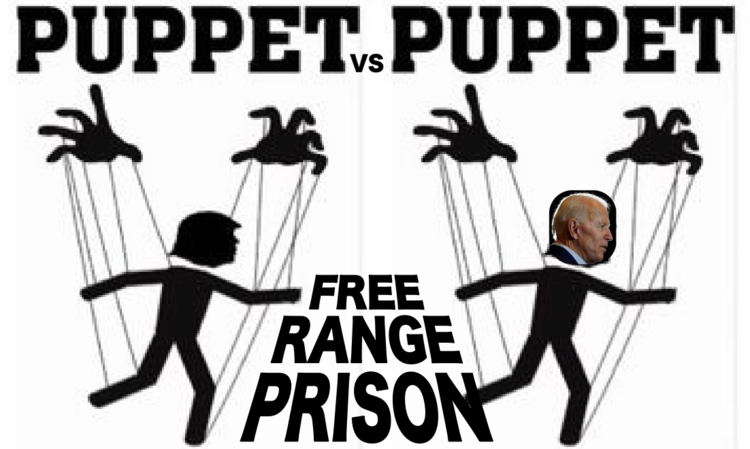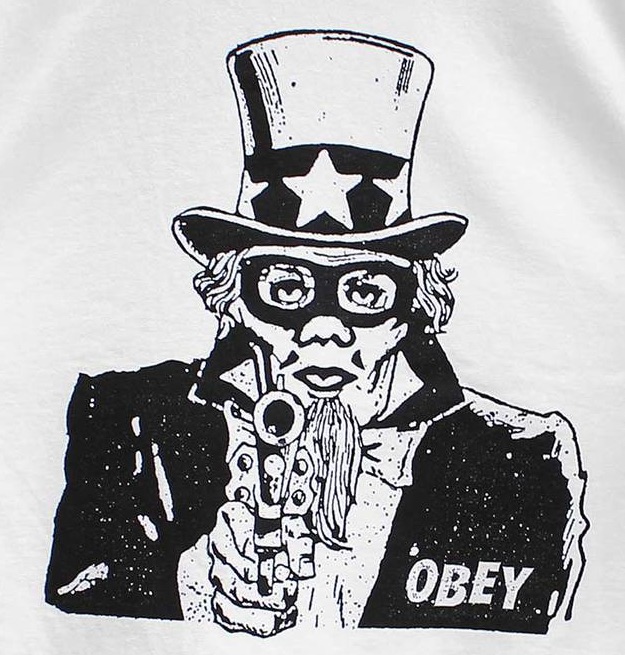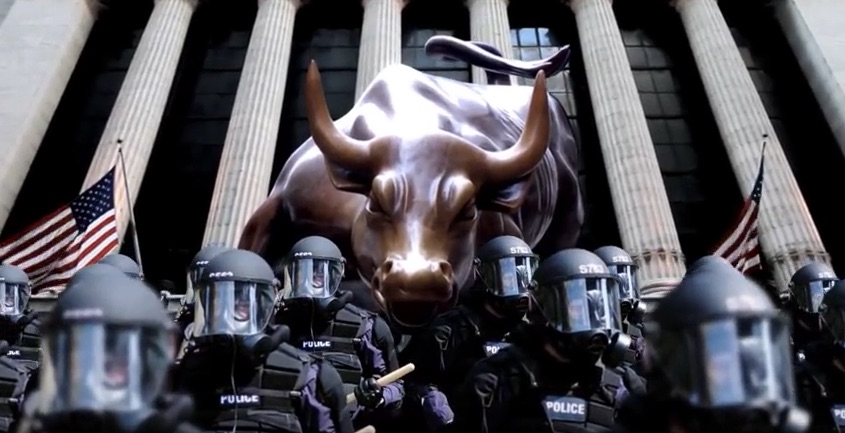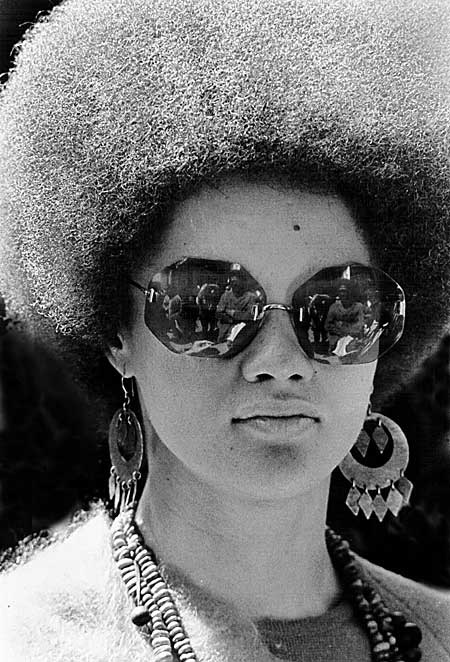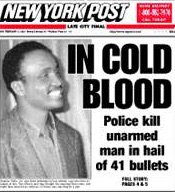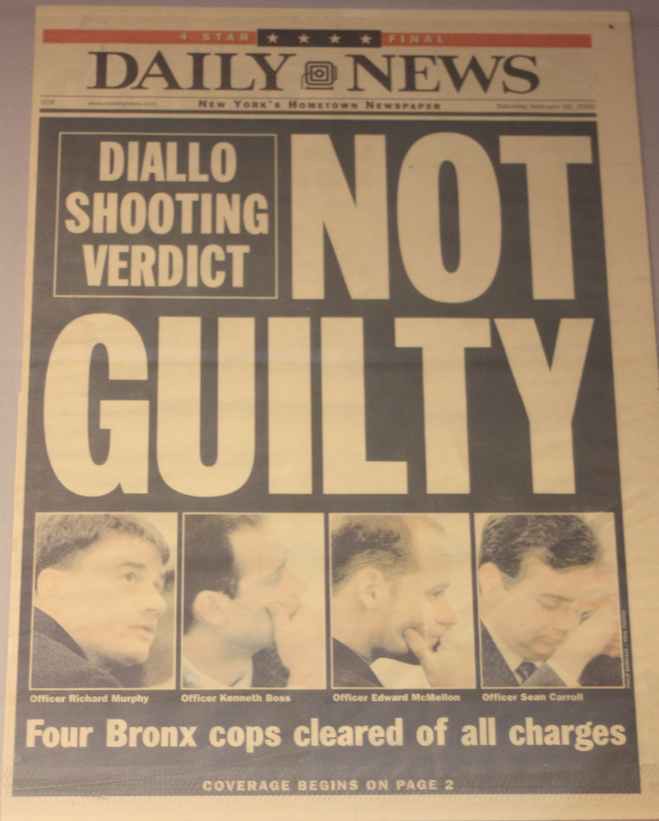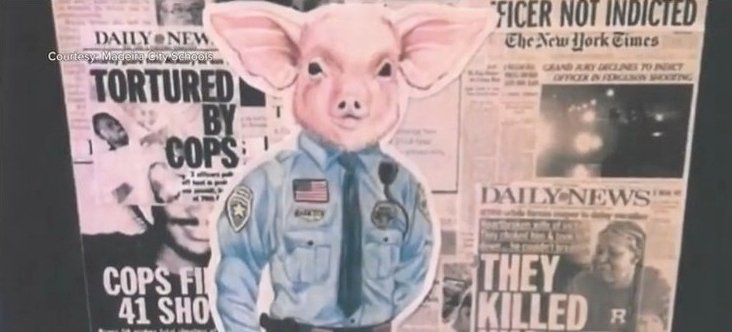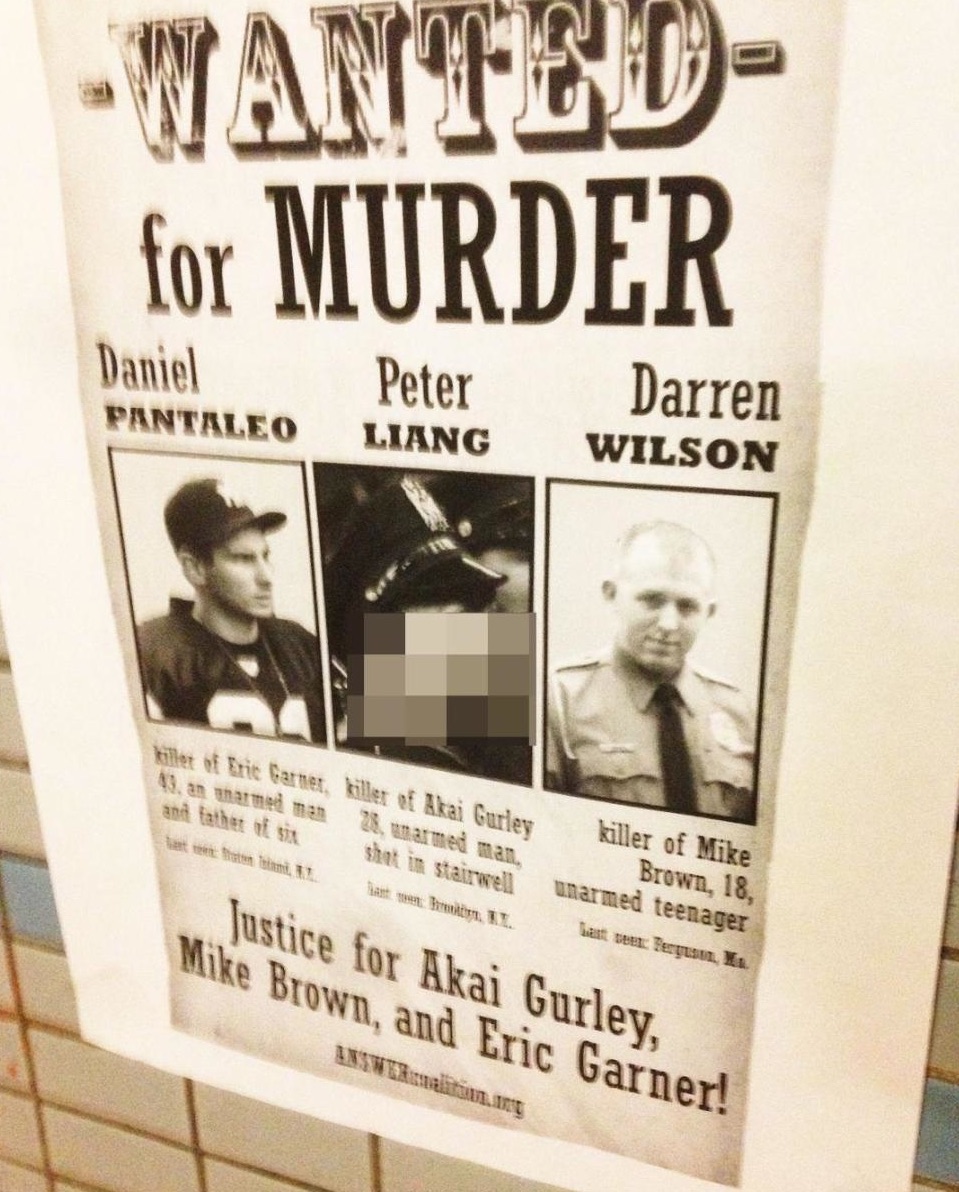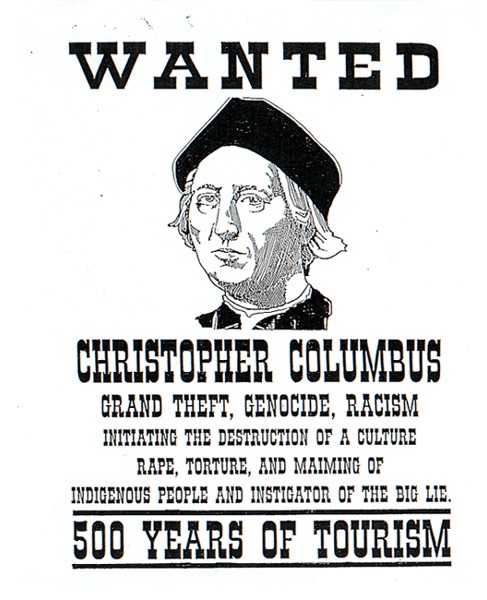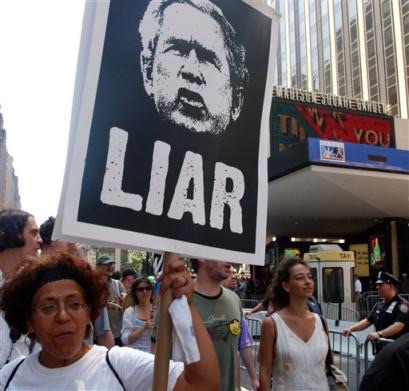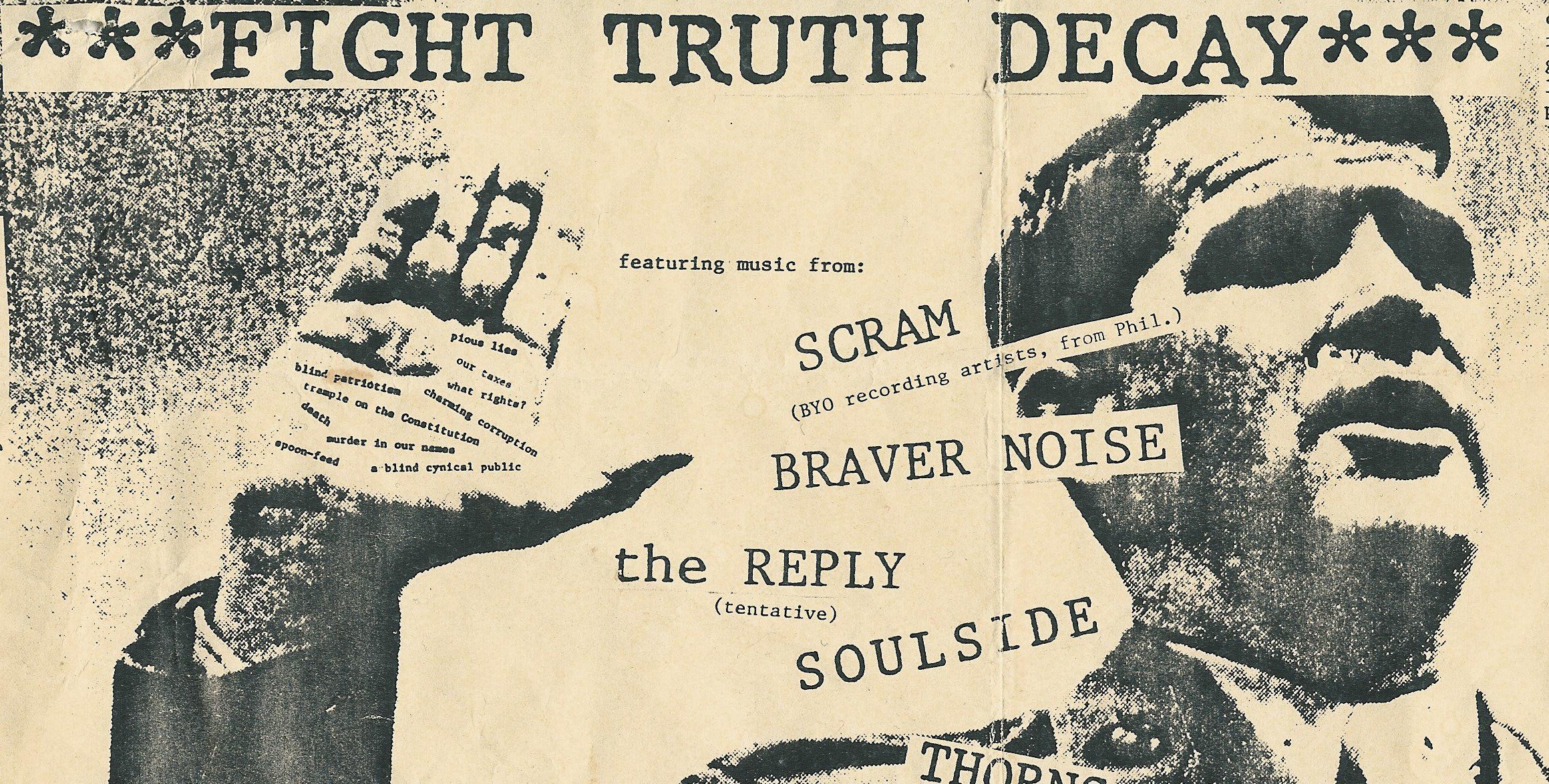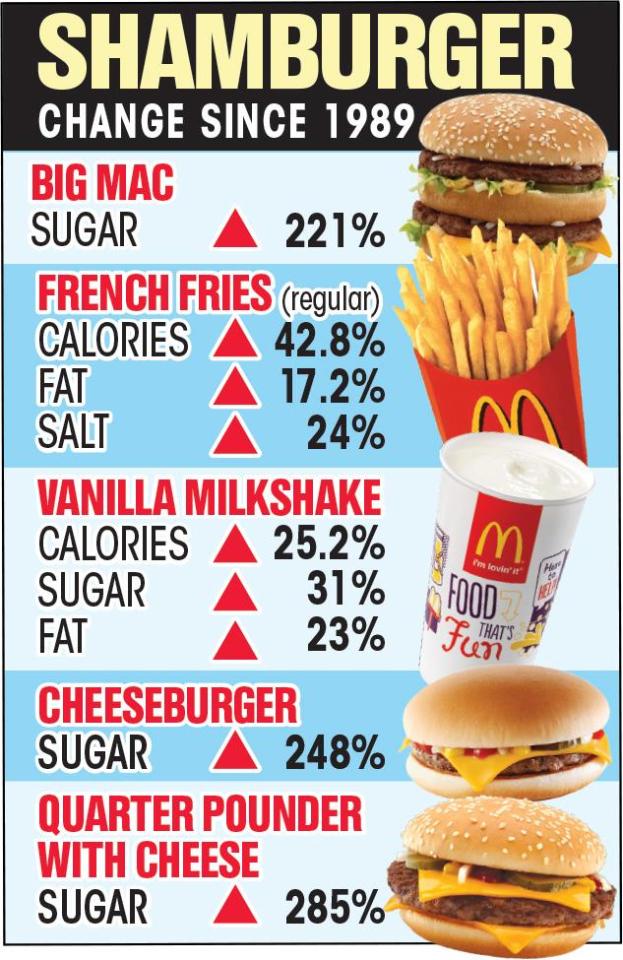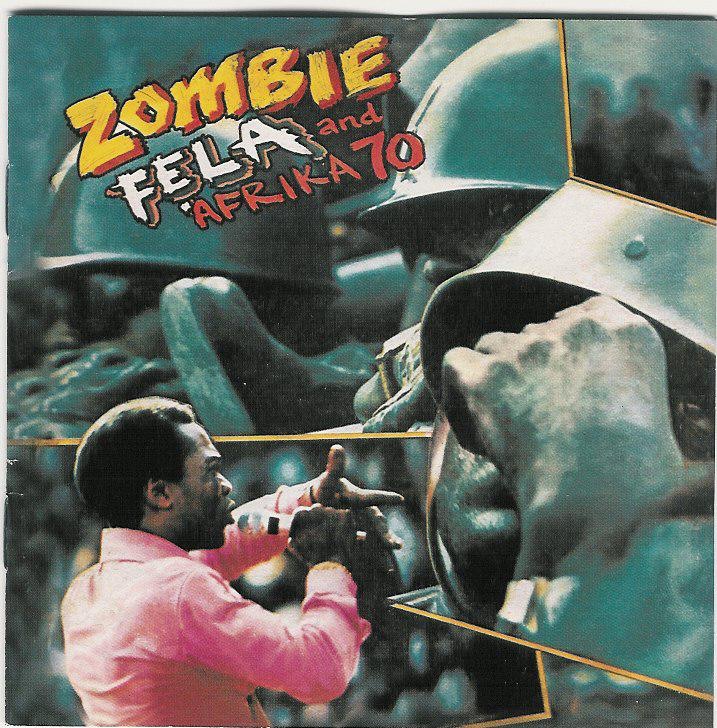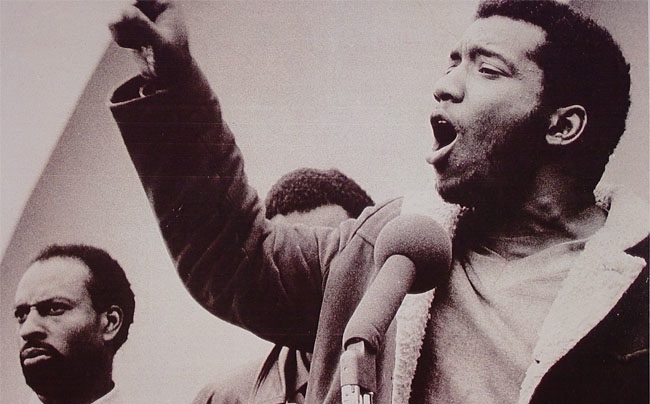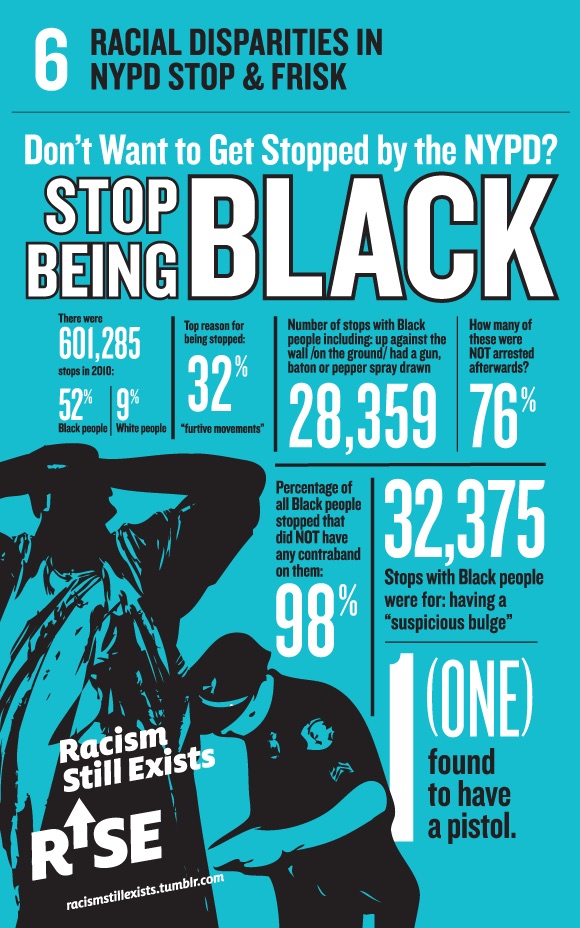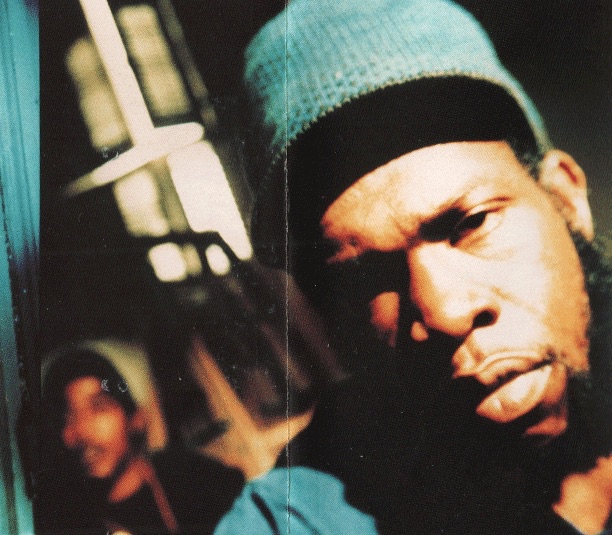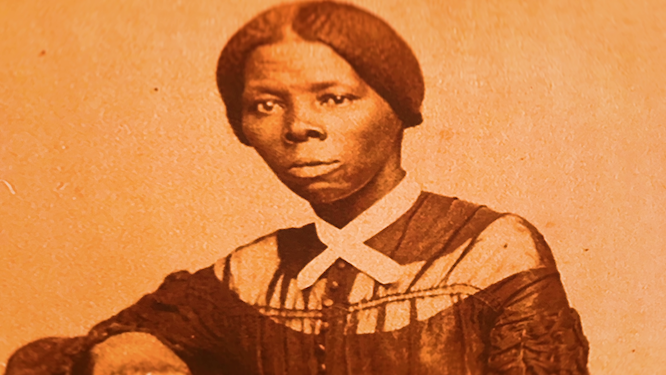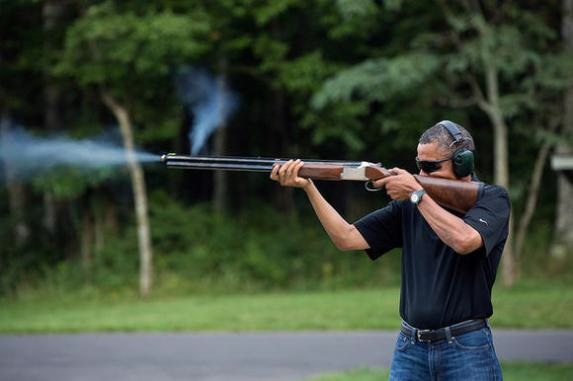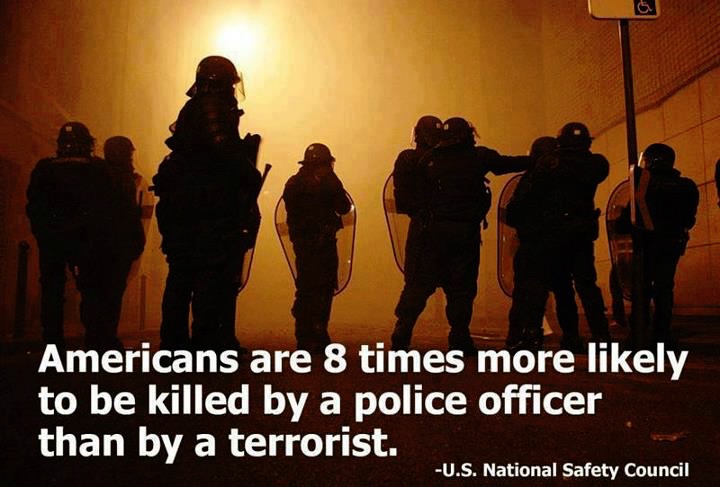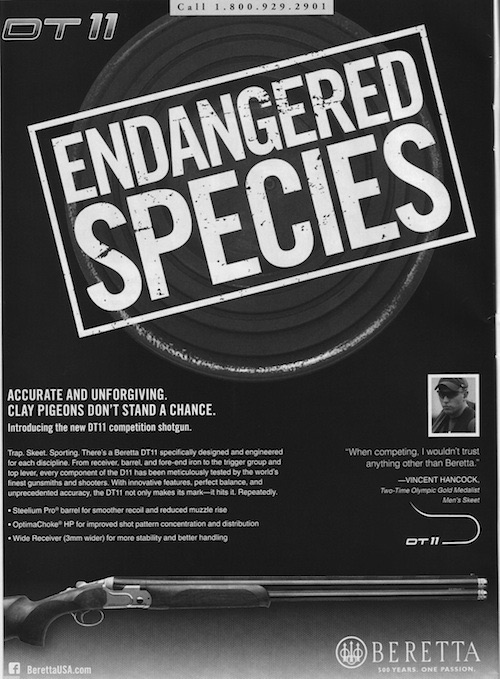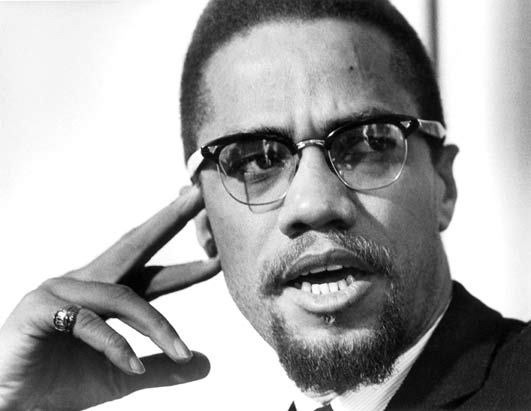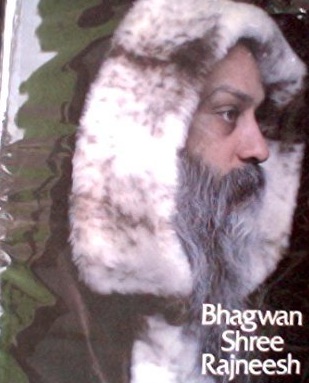Grand Jury to Decide whether it was Reasonable for a White Charlotte Cop to Gun Down an Unarmed Black Man Seeking Assistance after Car Accident
/ The Perils of Asking White People for Help in a White Supremacy System [MORE]. Expect Racism. From [HERE] A grand jury will decide Tuesday whether the criminal case against a white Charlotte-Mecklenburg police officer for an on-duty shooting of an unarmed Black man will go to trial.
The Perils of Asking White People for Help in a White Supremacy System [MORE]. Expect Racism. From [HERE] A grand jury will decide Tuesday whether the criminal case against a white Charlotte-Mecklenburg police officer for an on-duty shooting of an unarmed Black man will go to trial.
Officer Randall “Wes” Kerrick is charged with voluntary manslaughter in the Sept. 14 shooting death of 24-year-old Jonathan Ferrell. If indicted Tuesday, Kerrick could go before a judge and jury as soon as this year. If convicted of the felony, he faces between three and 11 years behind bars.
Kerrick was arrested about 14 hours after he shot the unarmed Black man 10 times in a brief and violent confrontation on Reedy Creek Road. Ferrell had wrecked his car and apparently was seeking help; Kerrick was responding to a 911 call from a nearby resident frightened by a late-night stranger at her door.
The odds are against Kerrick on Tuesday. Grand juries work behind closed doors and typically consider hundreds of cases. Most lead to indictments. (ha! this white writer is thinking about Black on Black crime or Black on white crime and definitely not white on black crime- certainly not involving alleged criminality of white police officers and black male victims. But we know better - expect racism -bw).
 A 15 second video, shot from a camera inside one of the police cars at the scene, is in the hands of the Attorney General’s Office, which is prosecuting the case. Despite calls from Ferrell’s family and various media outlets, the video has not been shown to the public, and the opposing sides in the Kerrick case debate what it reveals.
A 15 second video, shot from a camera inside one of the police cars at the scene, is in the hands of the Attorney General’s Office, which is prosecuting the case. Despite calls from Ferrell’s family and various media outlets, the video has not been shown to the public, and the opposing sides in the Kerrick case debate what it reveals.
After watching the video on the day of Ferrell’s death, Police Chief Rodney Monroe and his top commanders decided to file charges against one of their own. CMPD investigations into police shootings normally take weeks. This one took hours, and the speed of Kerrick’s arrest caught many of his fellow officers as well as police groups around the country off guard.
An attorney for the Ferrell family, which filed a civil lawsuit against Kerrick and police last week, described the shooting as “cold-blooded murder” by a “rogue cop.”
While the video remains sealed under a judge’s order, many of the other details of the case have become familiar. Kerrick is a former animal-control officer who had three years of CMPD experience. Ferrell was a former Florida A&M football player who had moved to Charlotte a year earlier to be with his fiancee and raise money to enroll at Johnson C. Smith University.
On the night of the incident Ferrell had gathered at a Hickory Tavern restaurant with a group of friends. Afterward, he offered a co-worker from Dillard’s department store a ride home to the Bradfield Farm community northeast of Charlotte. (Tests show that Ferrell was not drunk.)
 But as he left the neighborhood, he ran off the road and wrecked his 1999 Toyota Camry. Unable to open the doors, Ferrell kicked his way free through the rear window, then walked a quarter of a mile to the nearest home. Investigators later found his cellphone in the car.
But as he left the neighborhood, he ran off the road and wrecked his 1999 Toyota Camry. Unable to open the doors, Ferrell kicked his way free through the rear window, then walked a quarter of a mile to the nearest home. Investigators later found his cellphone in the car.
When he reached the nearby house, police said, he knocked on the door. The white woman inside called 911. Kerrick and fellow officers Thornell Little and Adam Neal drove to the neighborhood. Police say that as the three patrolmen got out of their cars, Ferrell ran toward them.
Ferrell’s mother and brother say that since Ferrell comes from a family of law officers, it would have been natural for him to run up to the police for help.
Monroe said the officers ordered Ferrell to stop and get on the ground. Seconds later, when he didn’t, Little fired his taser but missed. Ferrell continued to run, police said. Officer Kerrick fired 12 times with his Smith&Wesson .40-caliber, semi-automatic pistol. Most of the shots came when the two men were only a few feet apart, police said. The other officers apparently never even drew their guns.
Monroe says the video shows that his officer used excessive force. Ferrell was clearly unarmed, the chief told the Observer a few days after the shooting. He said it didn’t matter whether Ferrell ignored the officers’ commands. “It can’t automatically result in use of deadly force,” Monroe said.
N.C. law allows the use of lethal force by police “only when it appears reasonably necessary ... to defend himself or a third person from what he reasonably believes to be the use or imminent use of deadly physical force.” One of the clarifying gauges: Would another “reasonable white officer” in the same situation act the same way?
In the Kerrick case, the “reasonable officer” standard appears to have a clear application, says Mel Tucker, a former police chief in Hickory and Asheville, and a frequent expert witness at lethal-force trials.
“You had three people there. Only one of them shot,” Tucker said. “Objectively, the other two didn’t see it as a deadly force situation. Or maybe the one officer saw something they didn’t see.”
